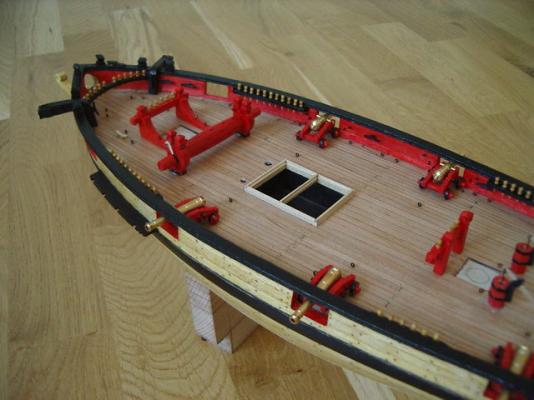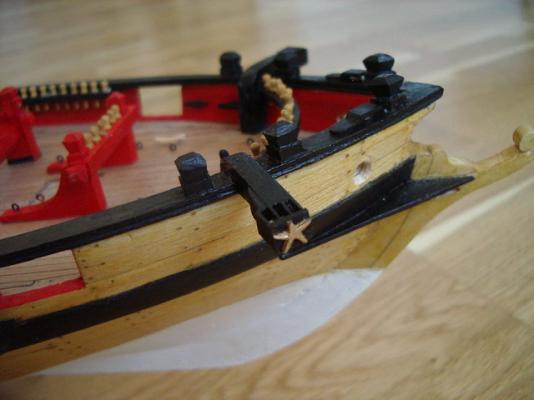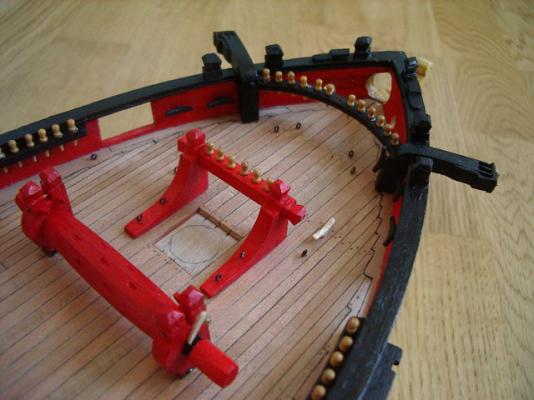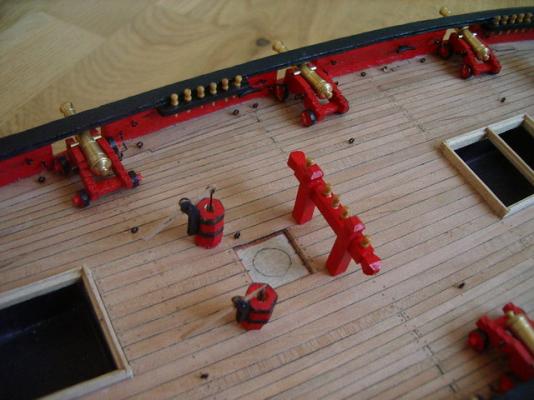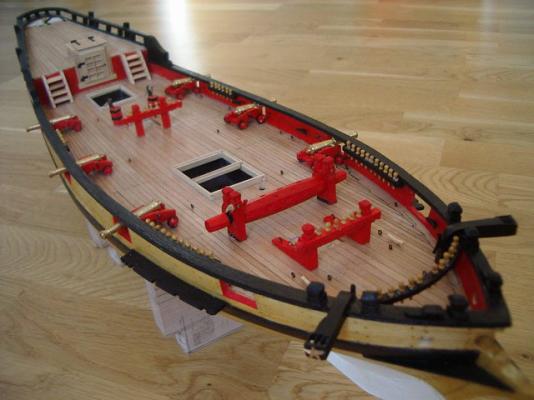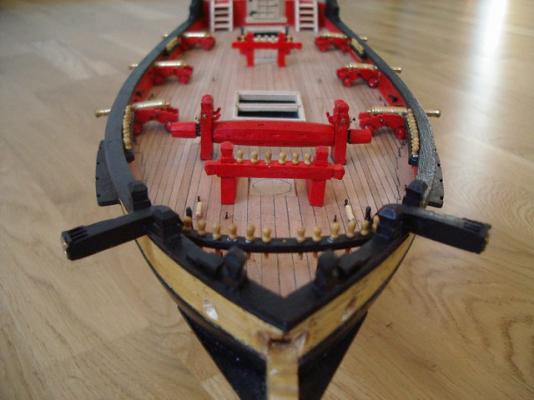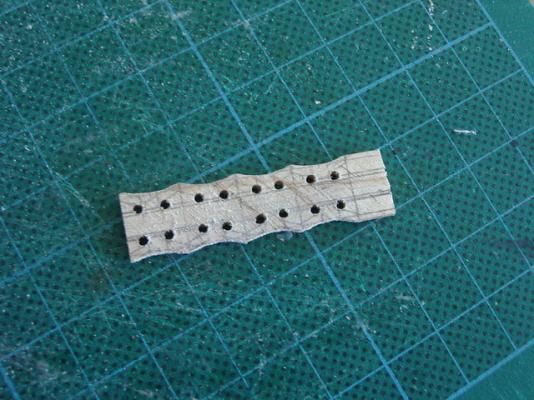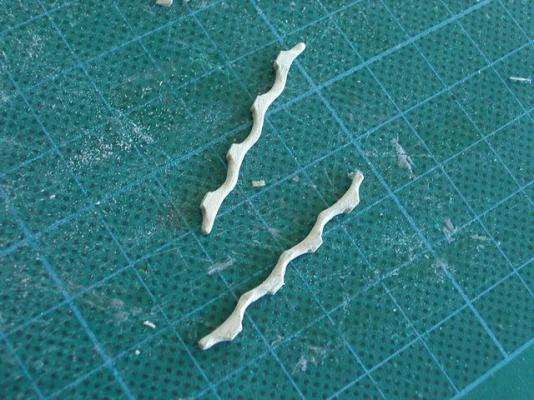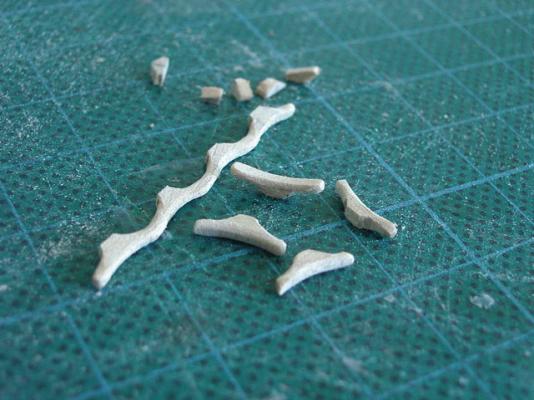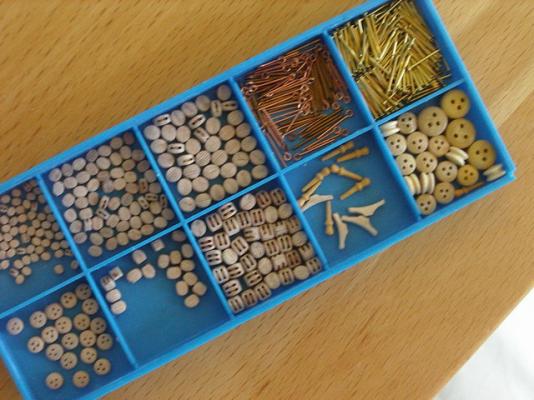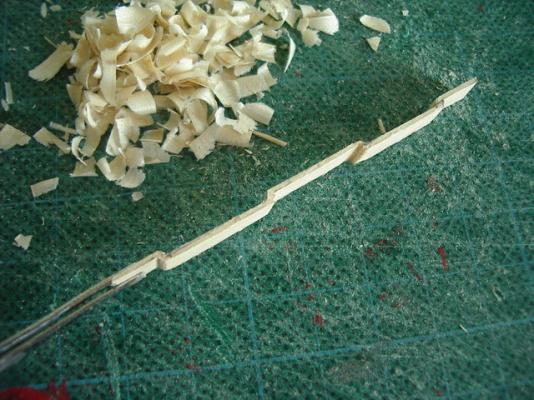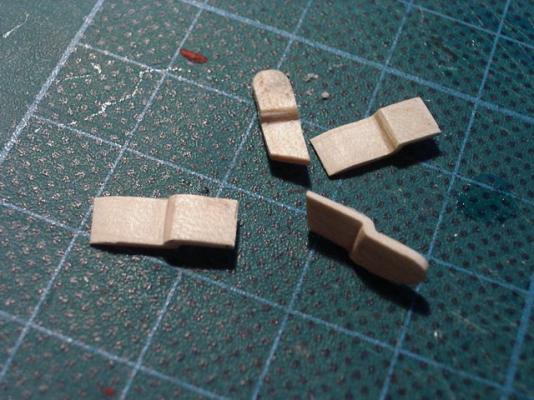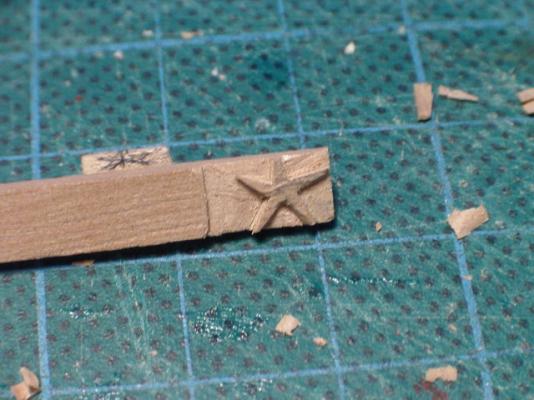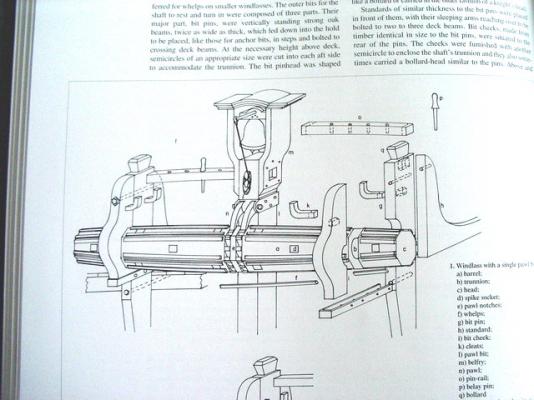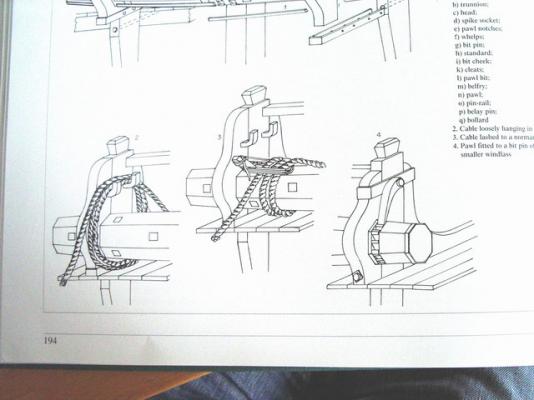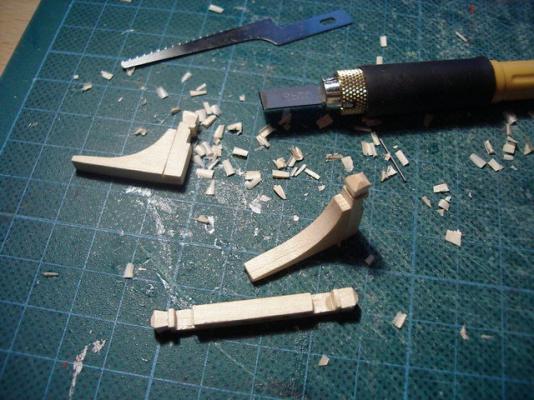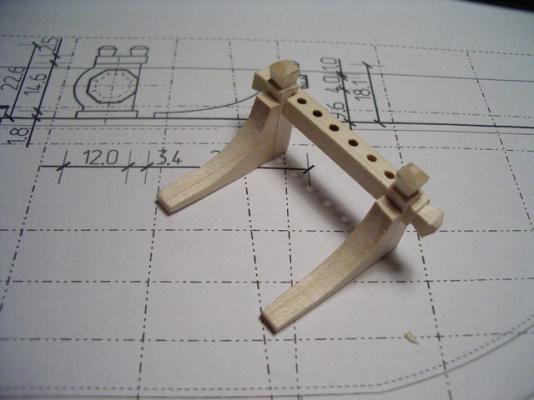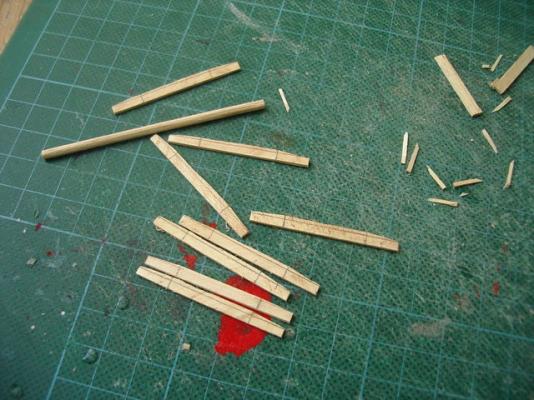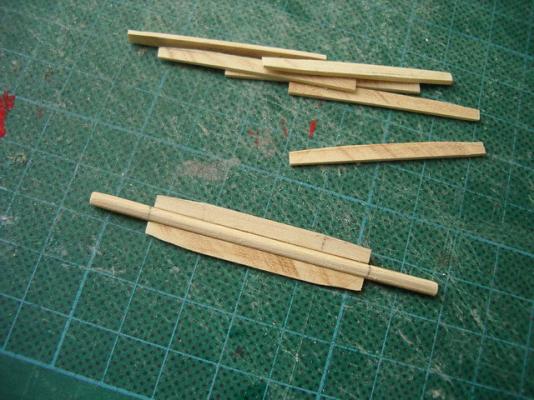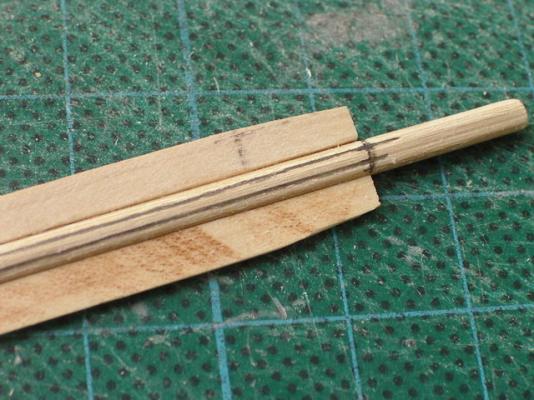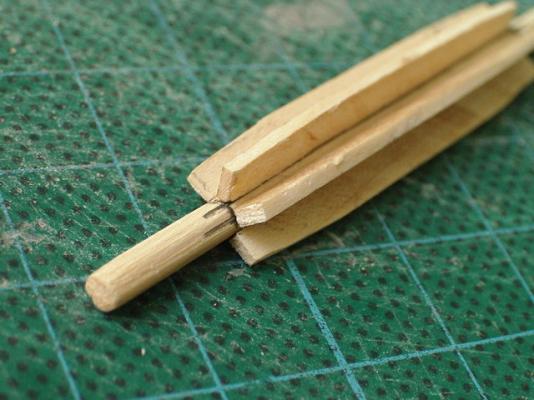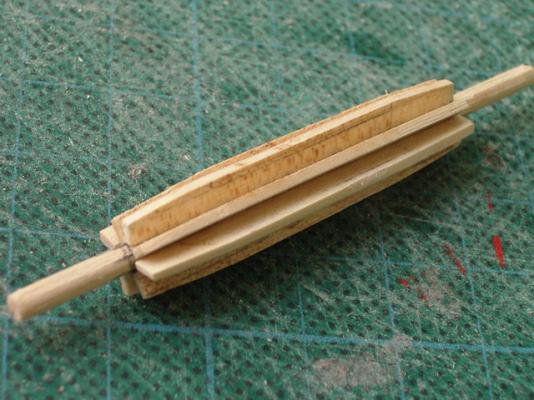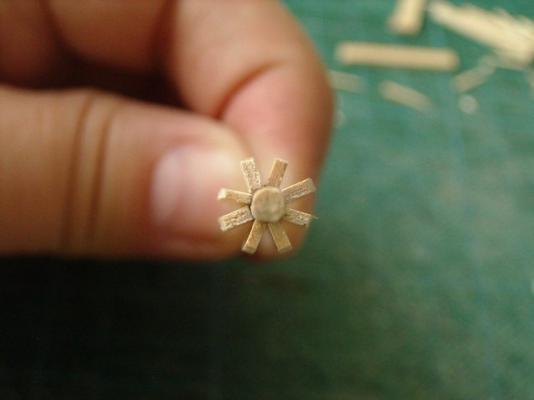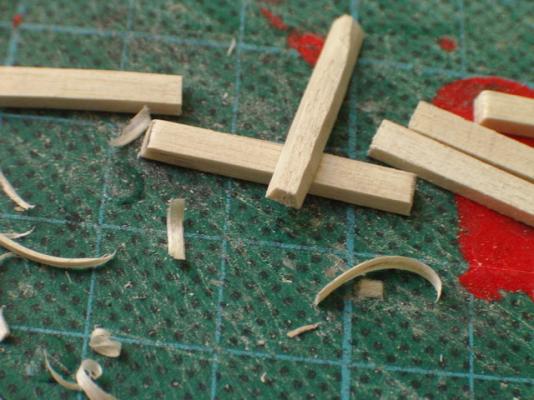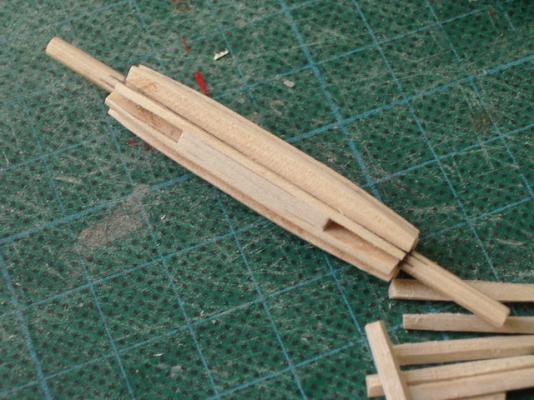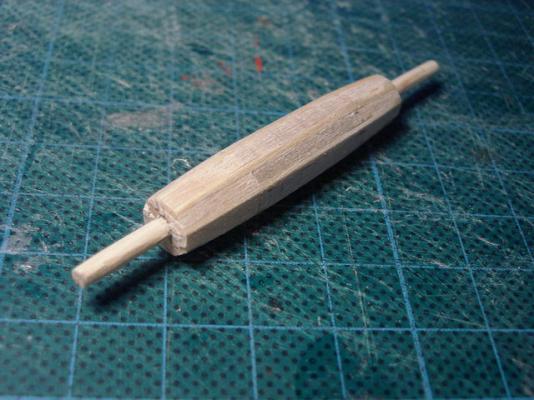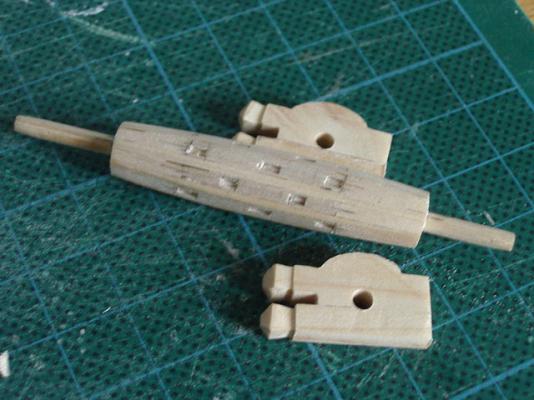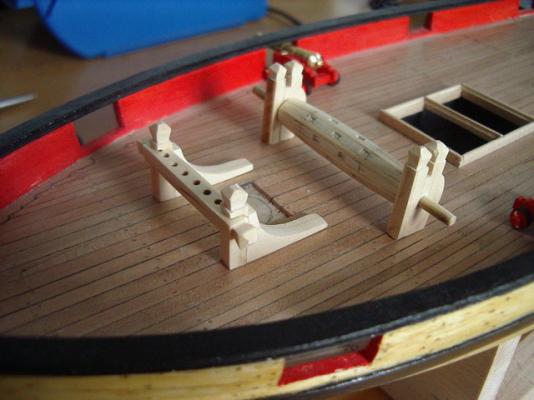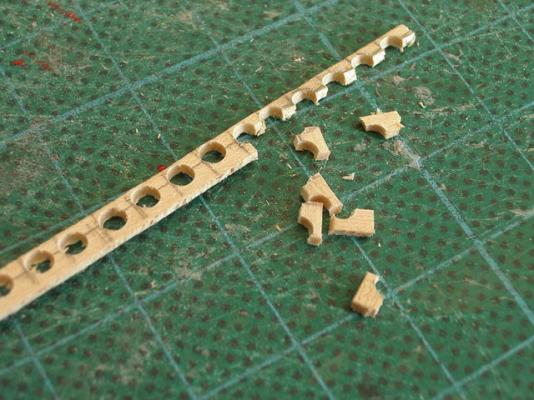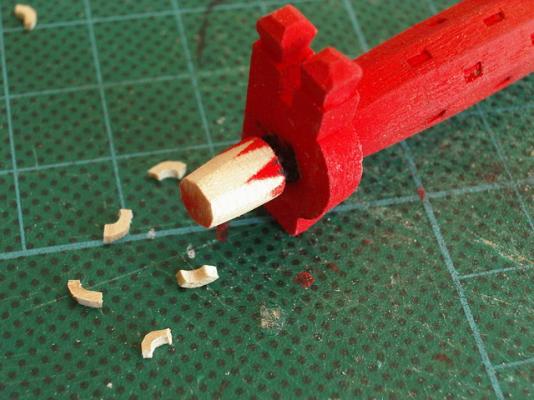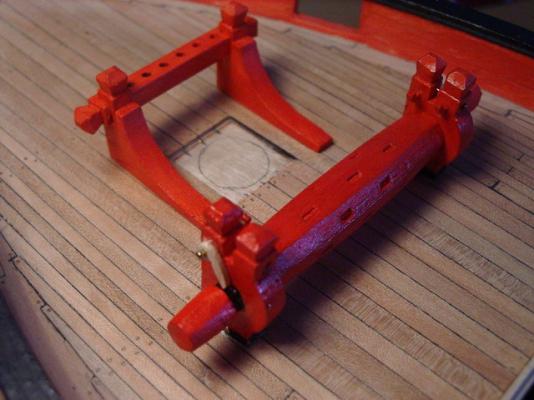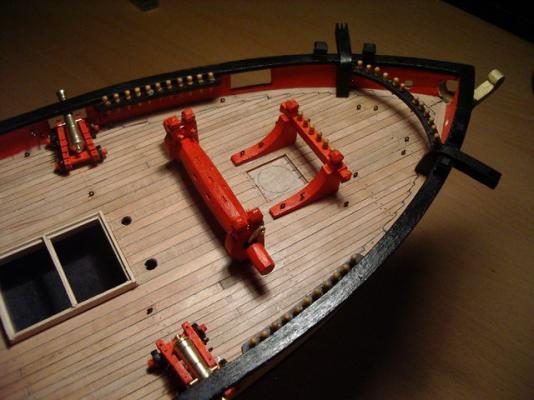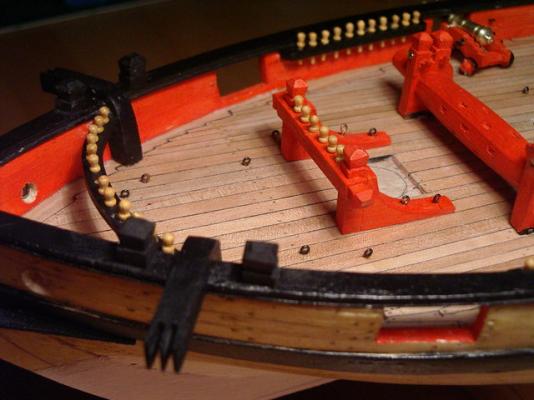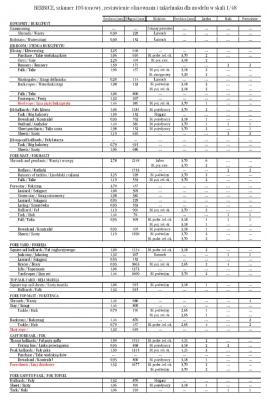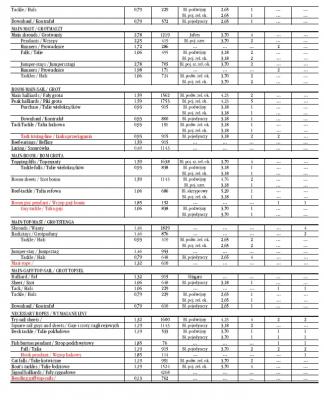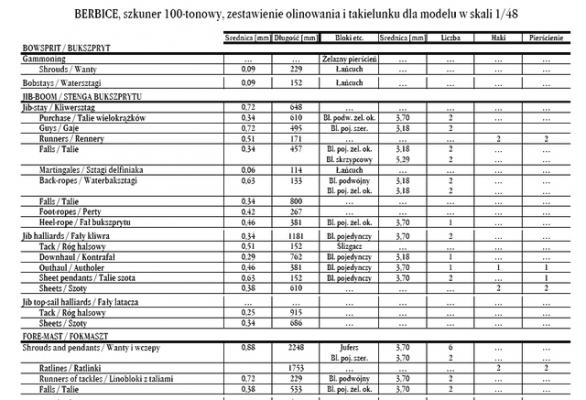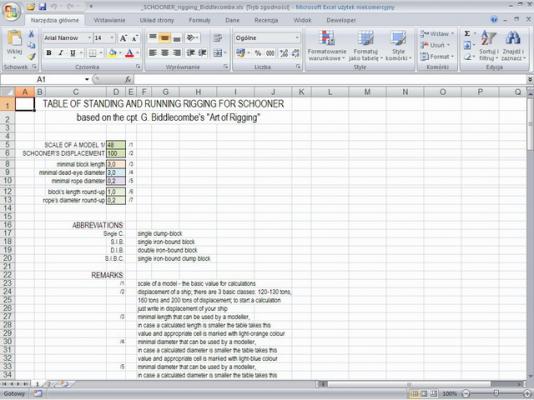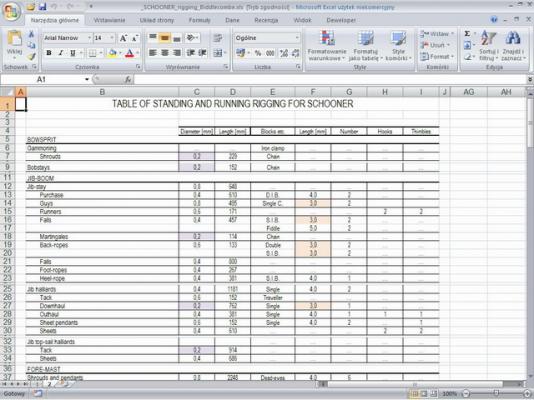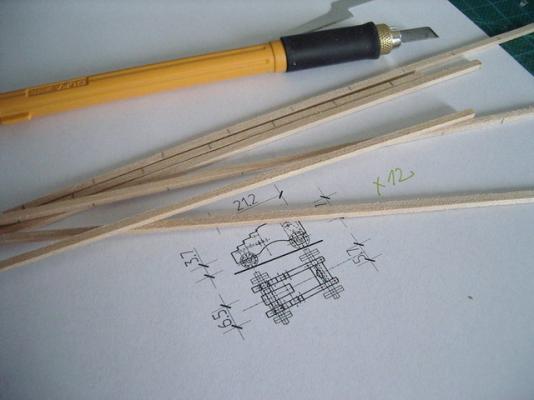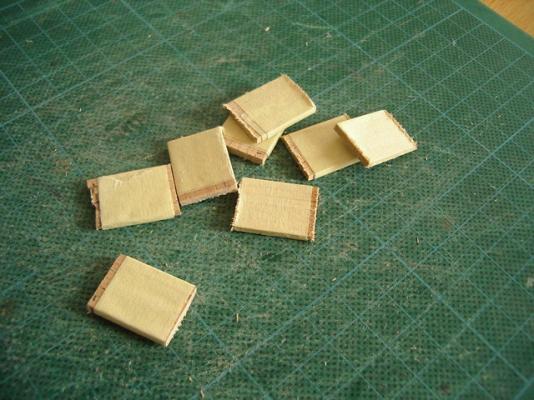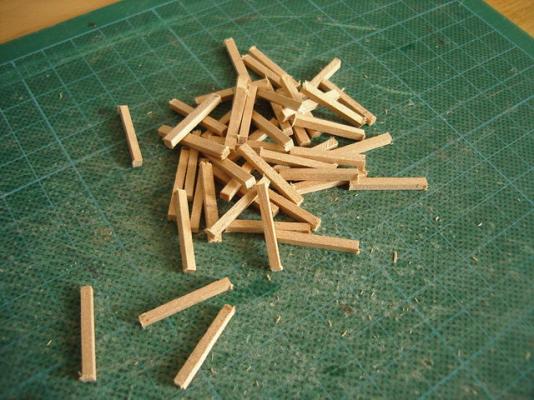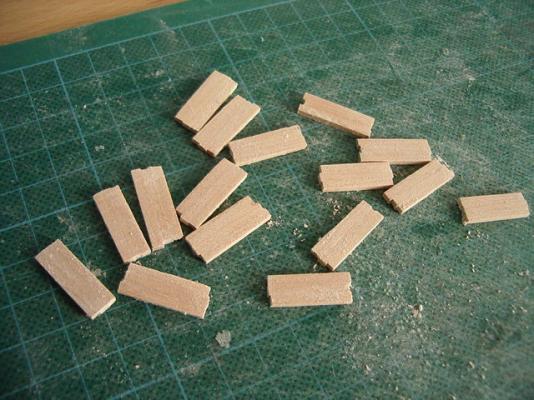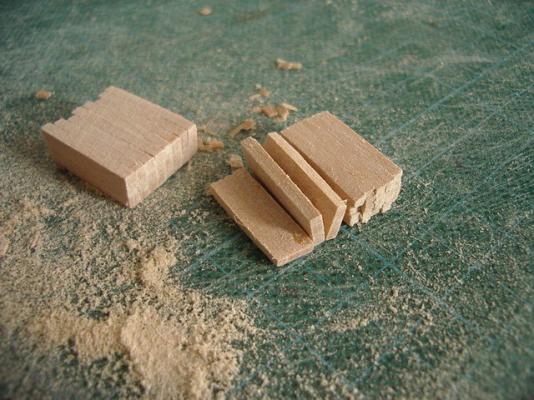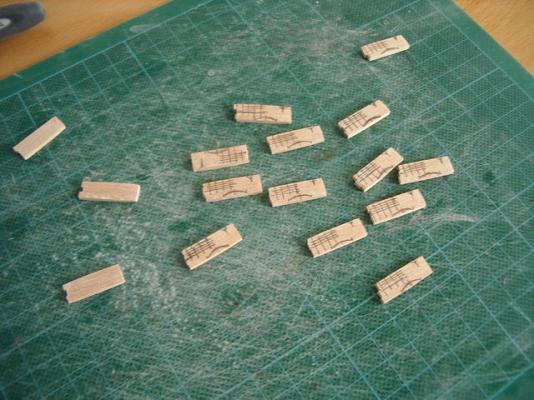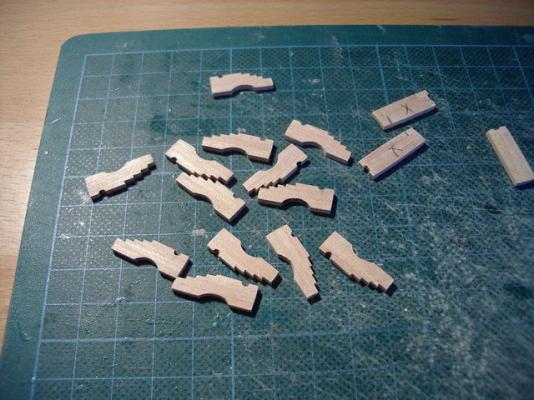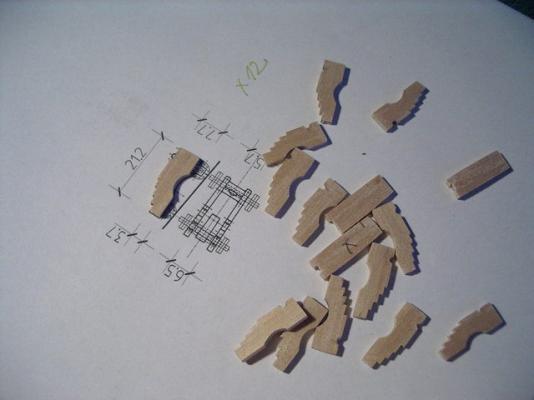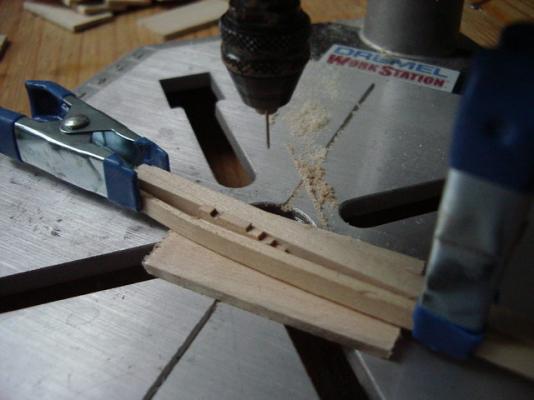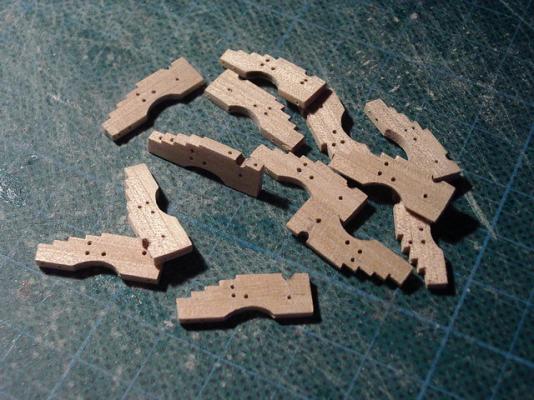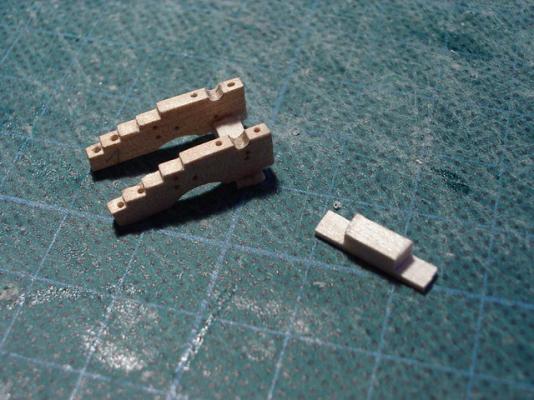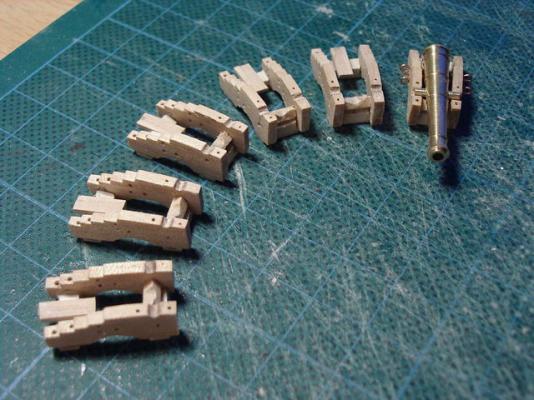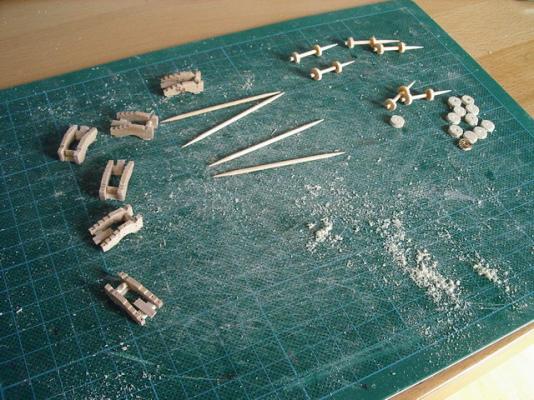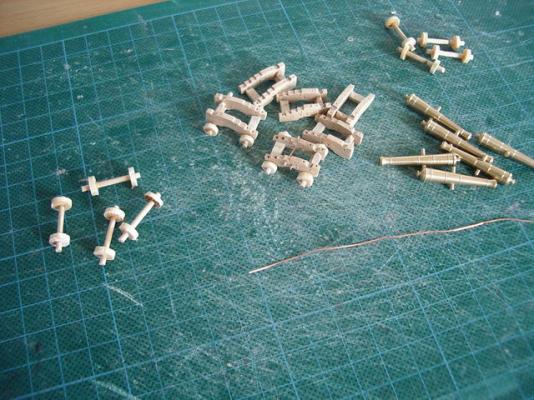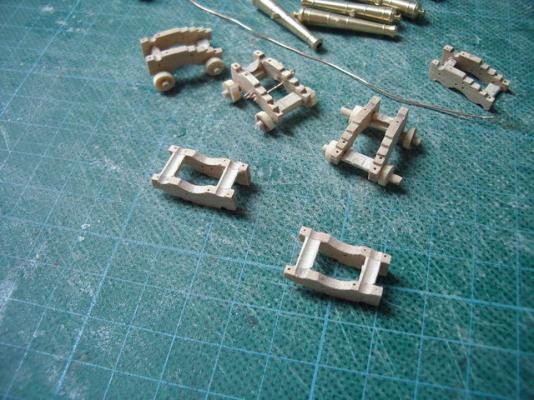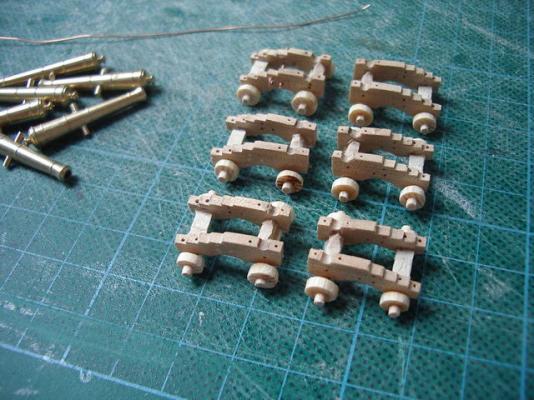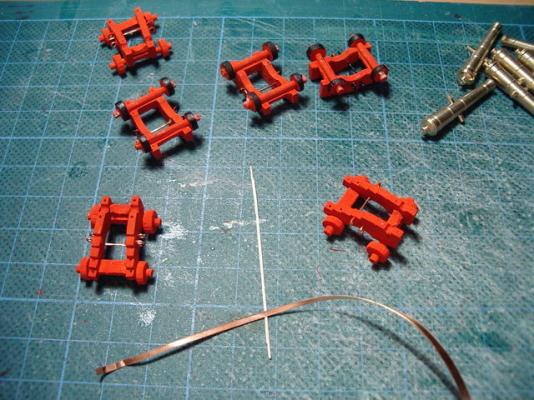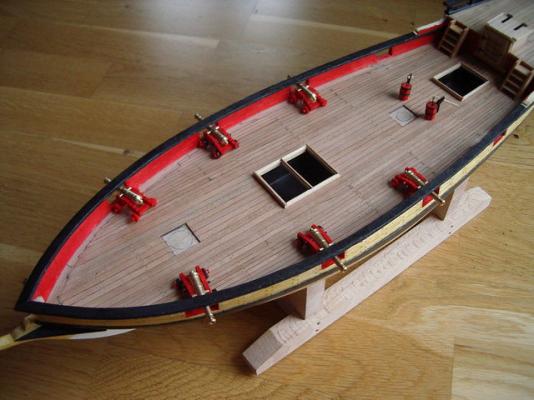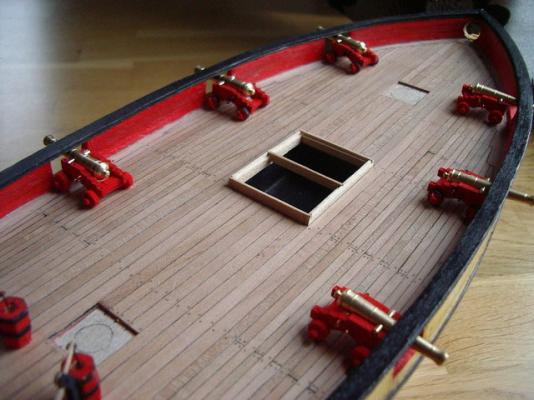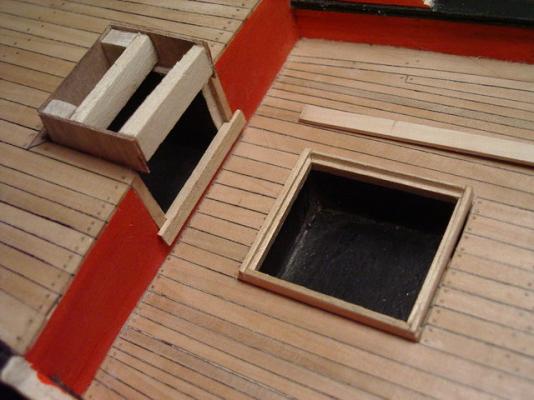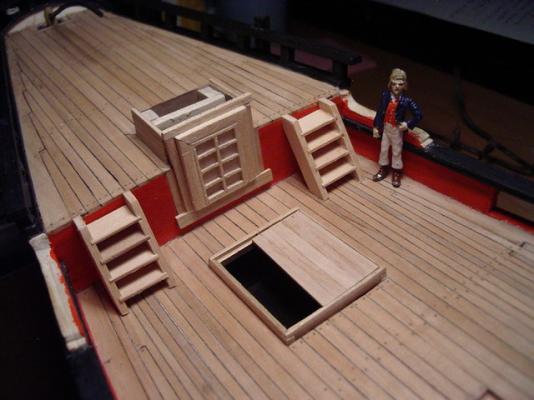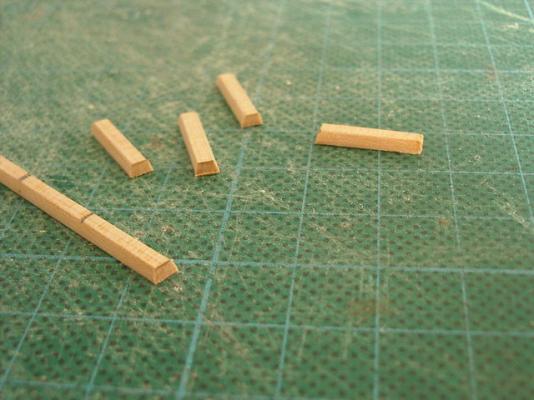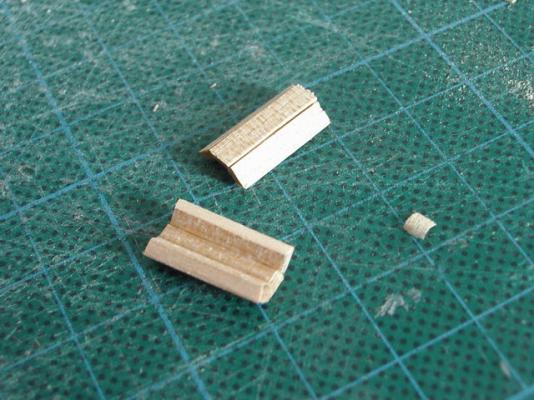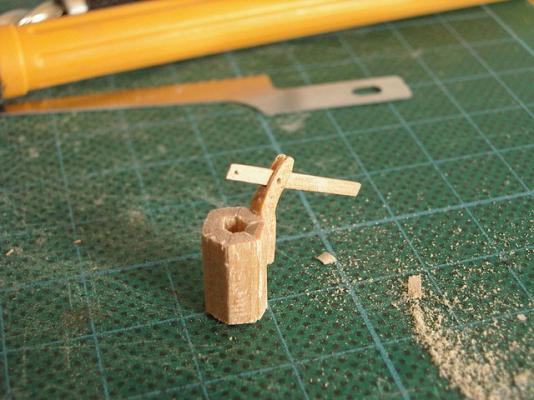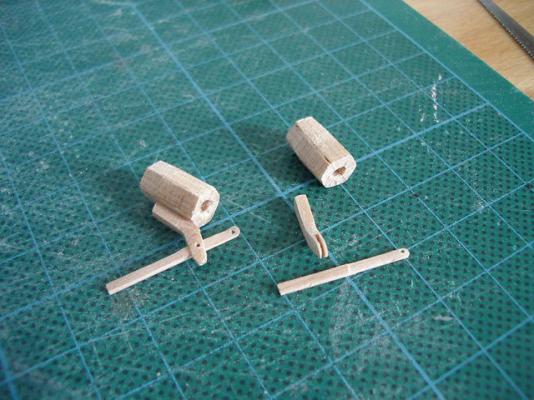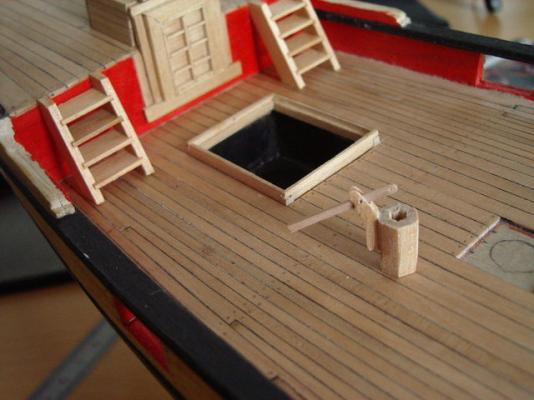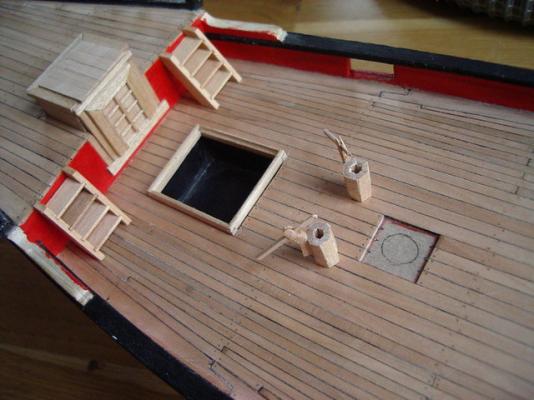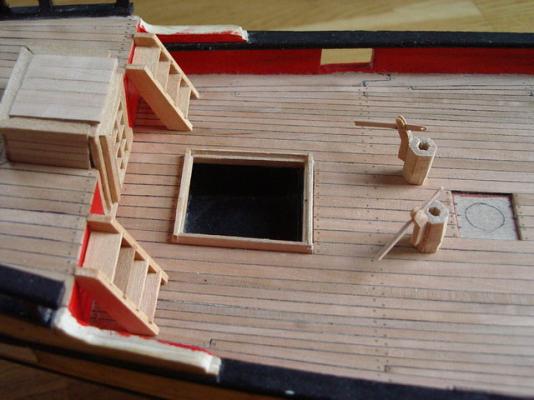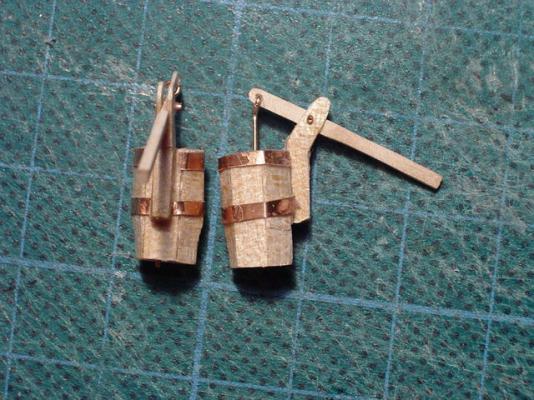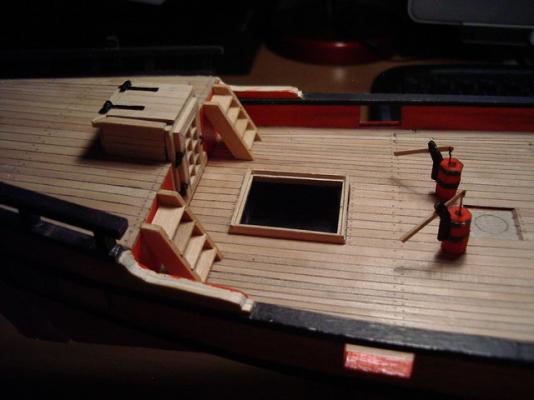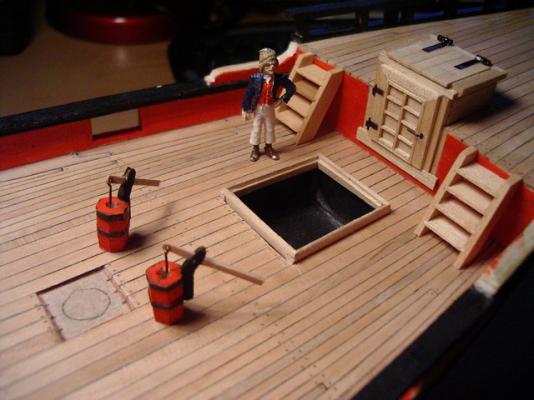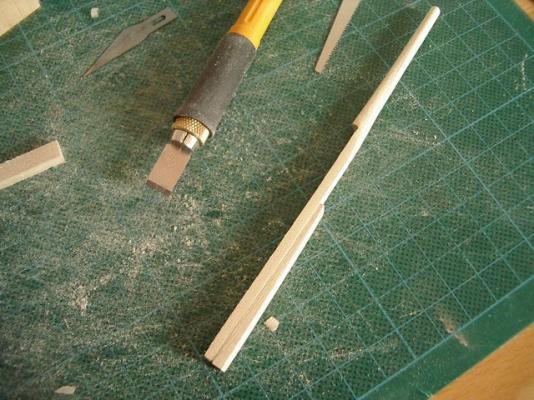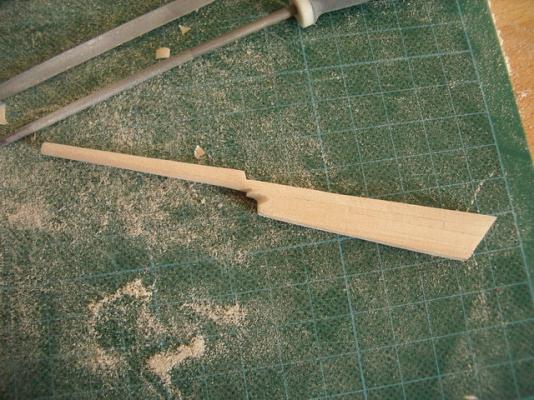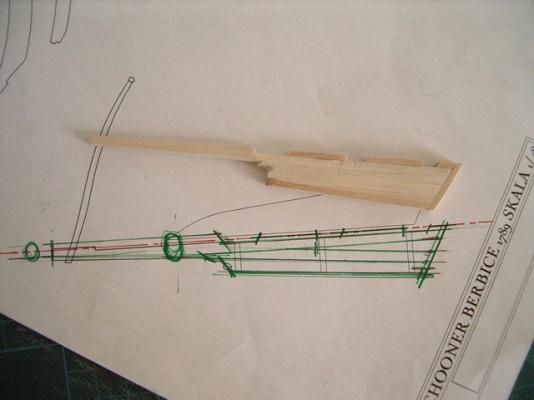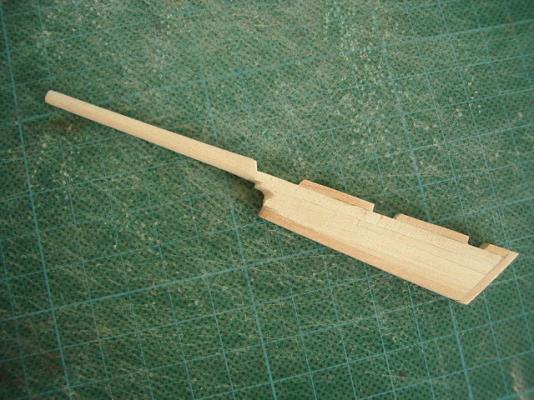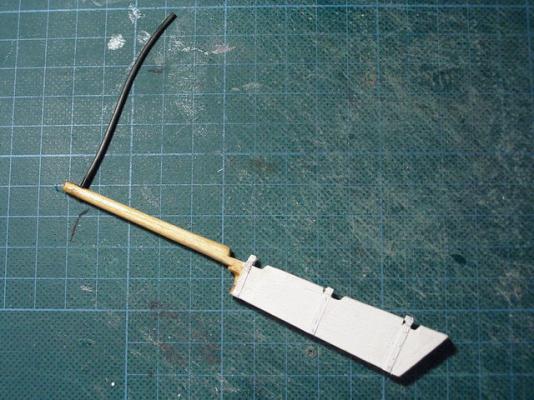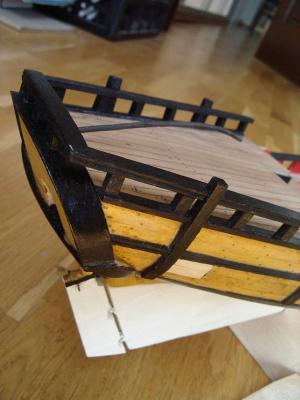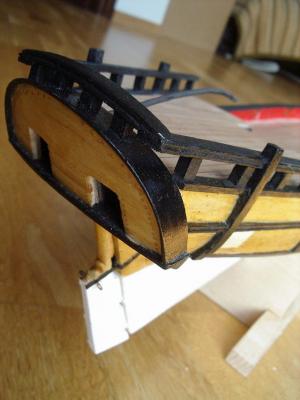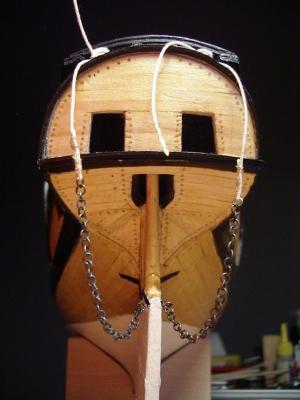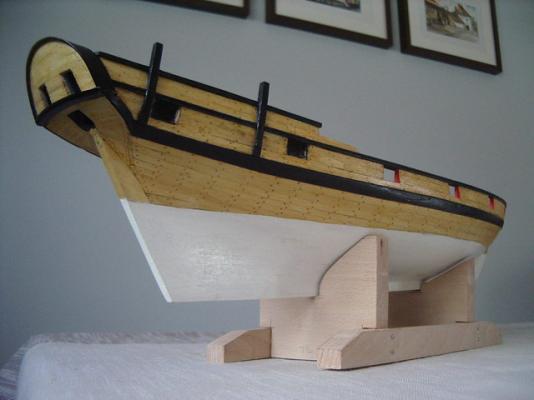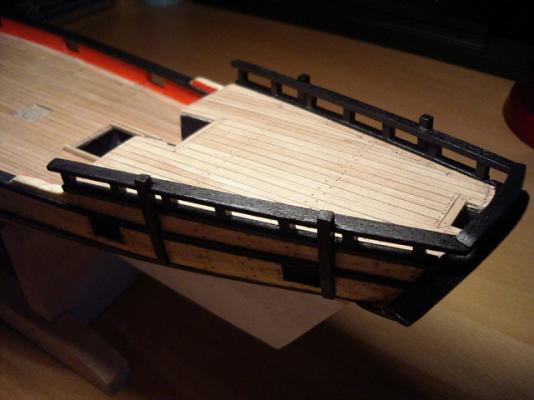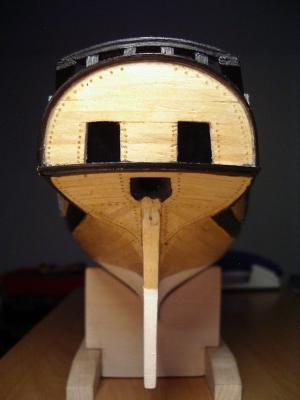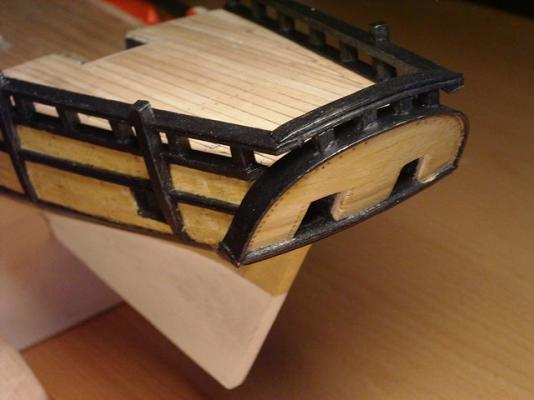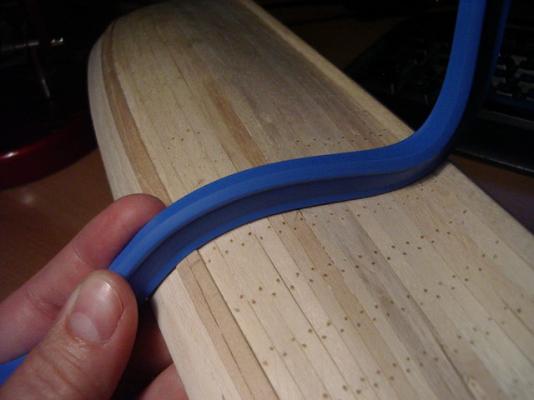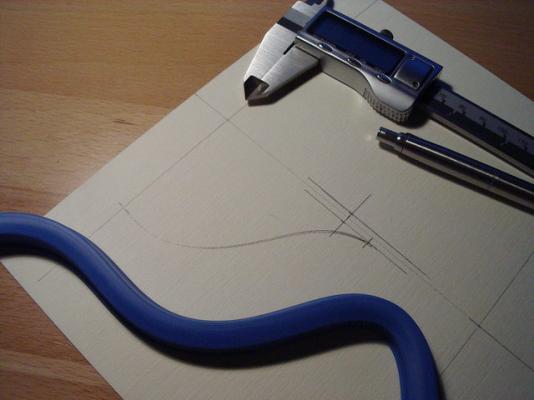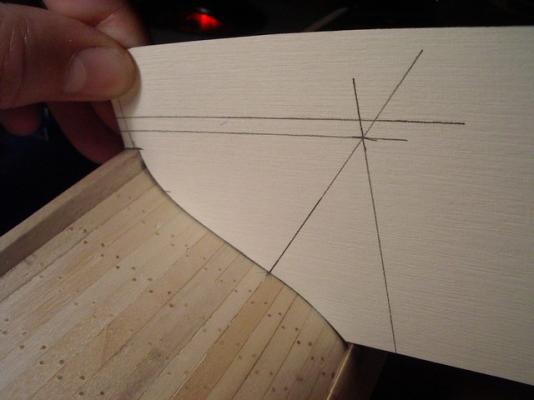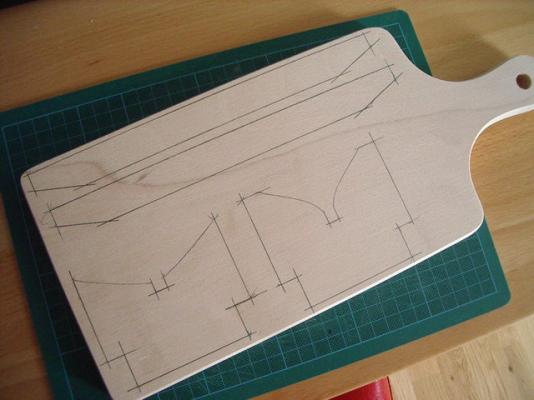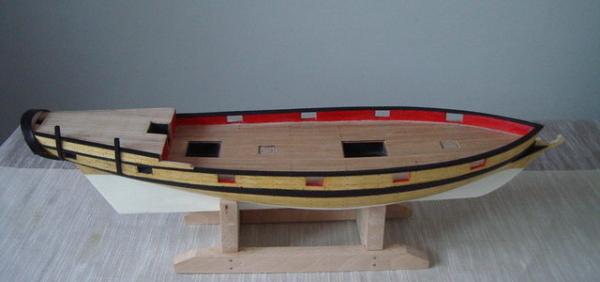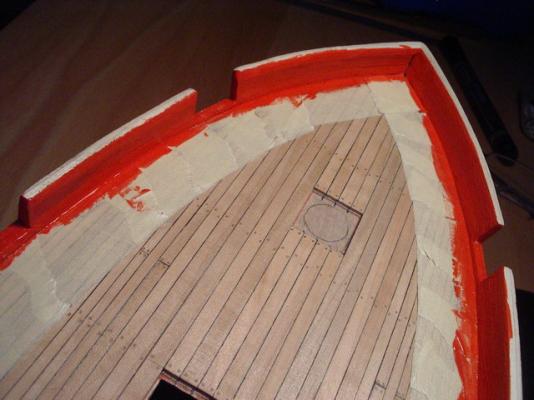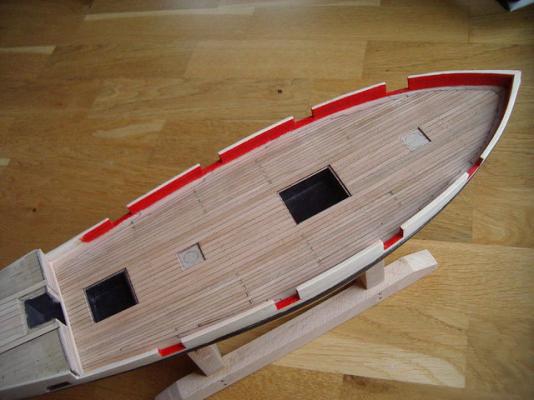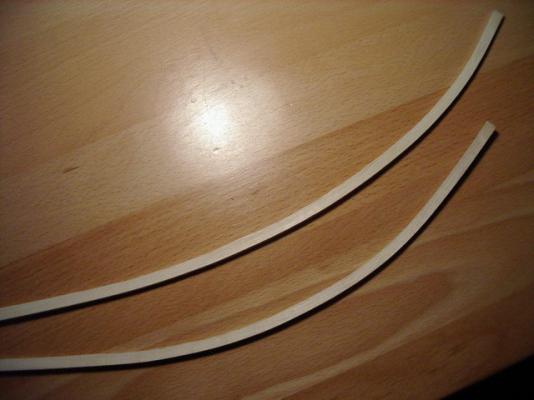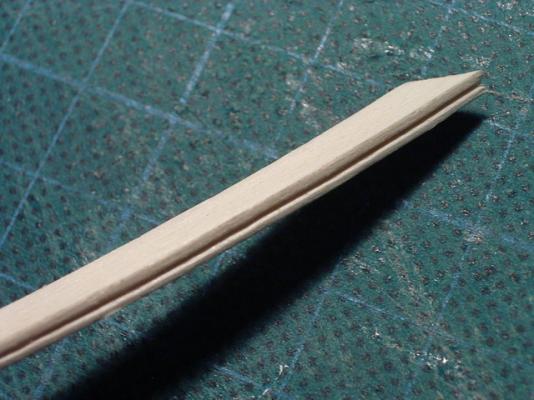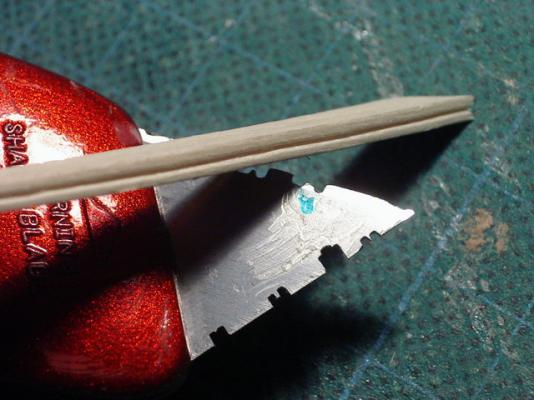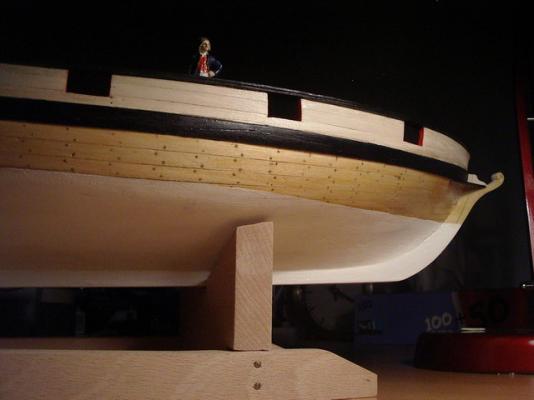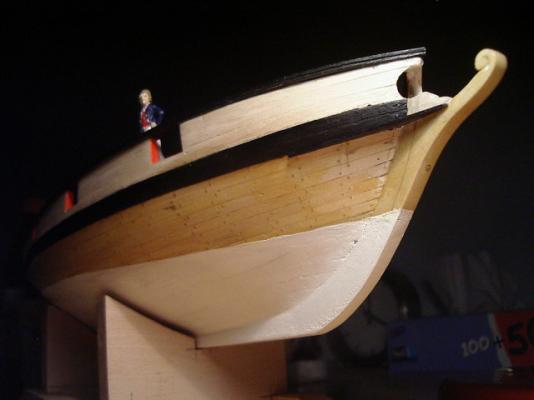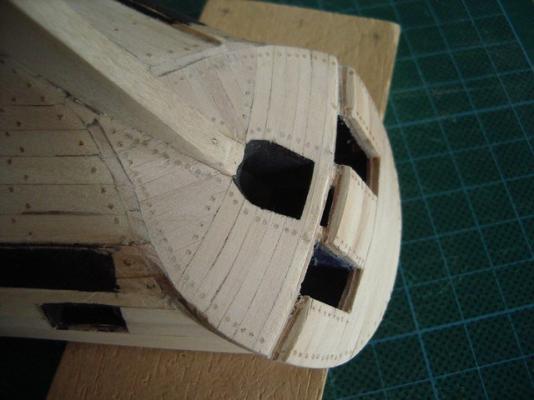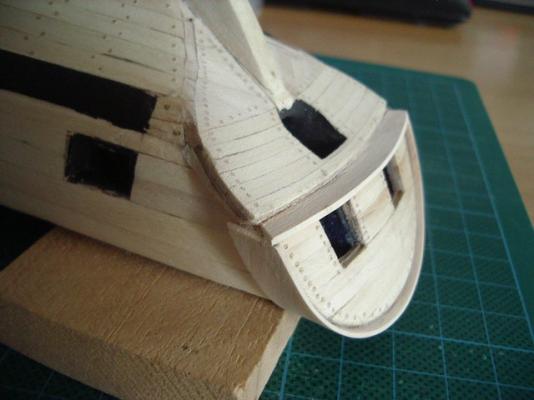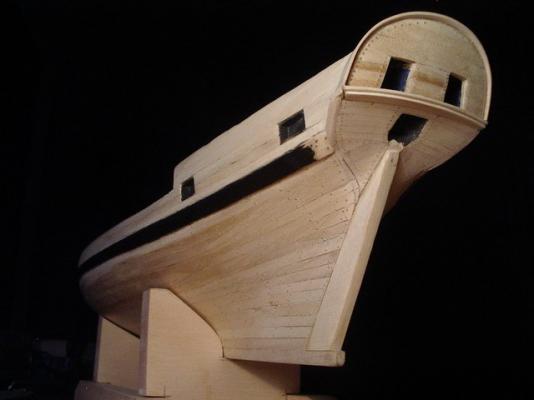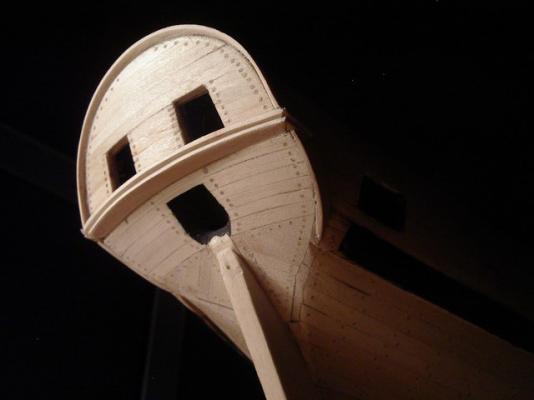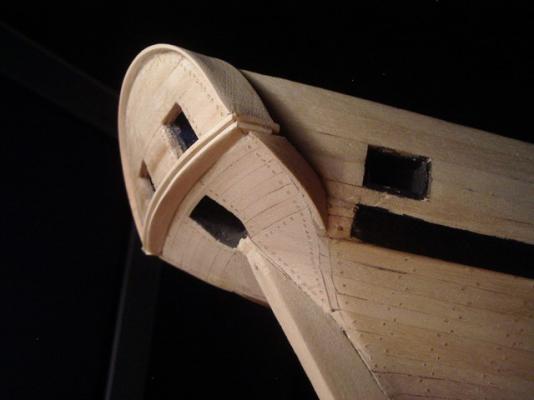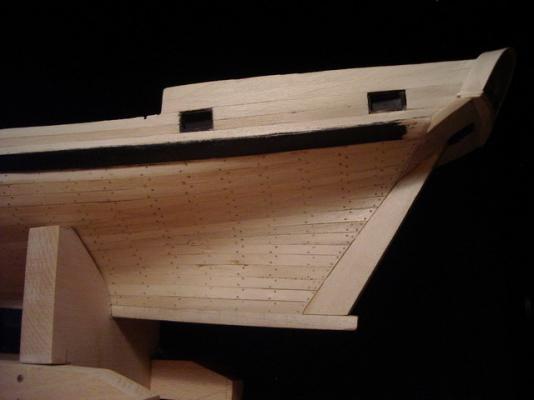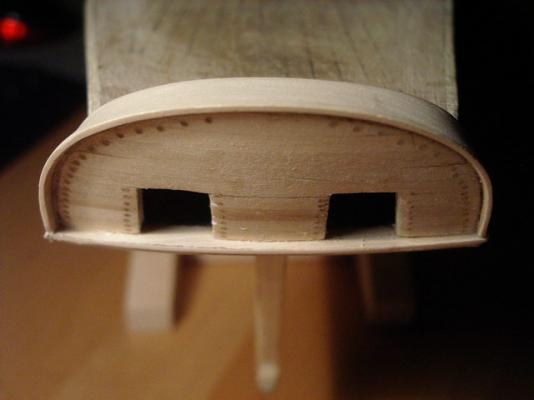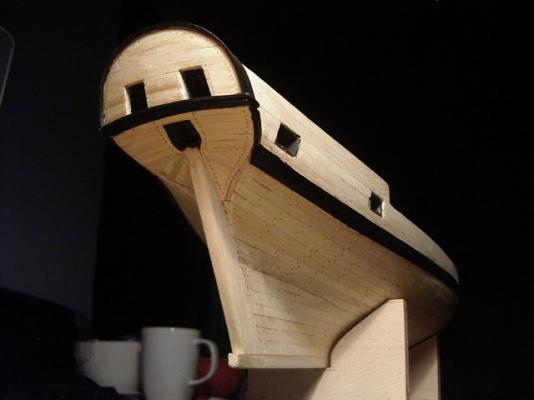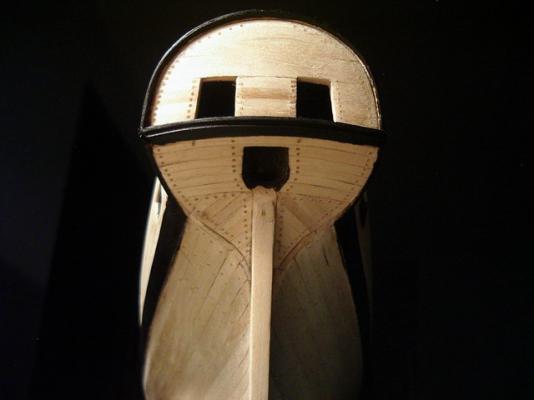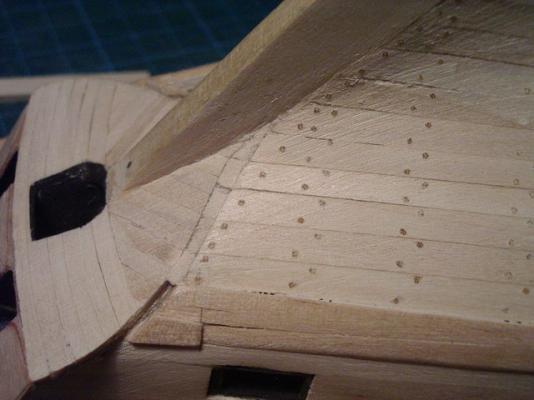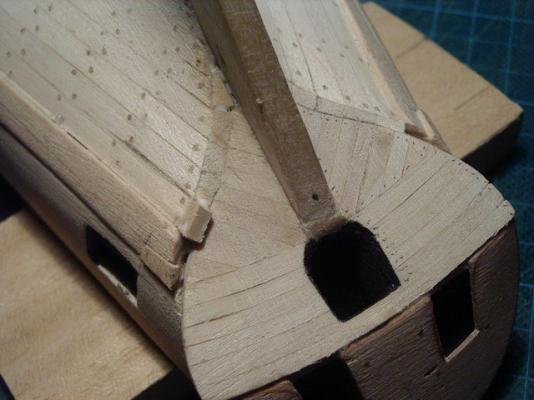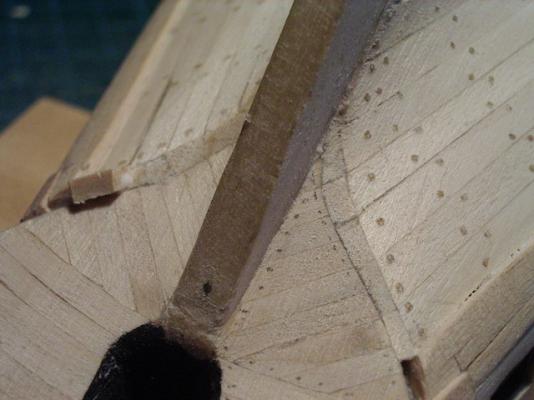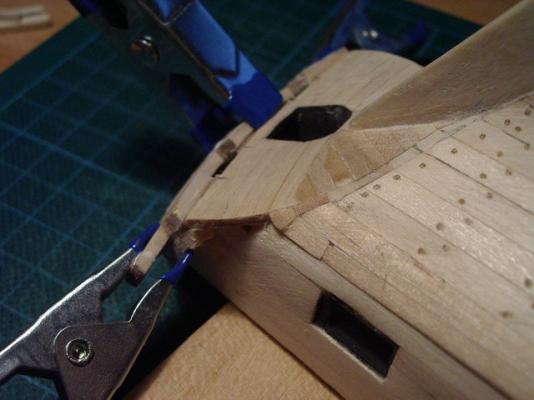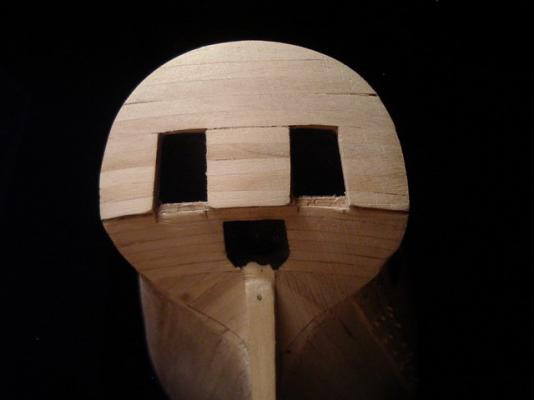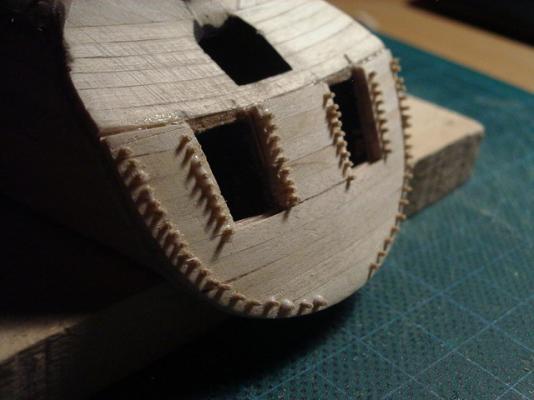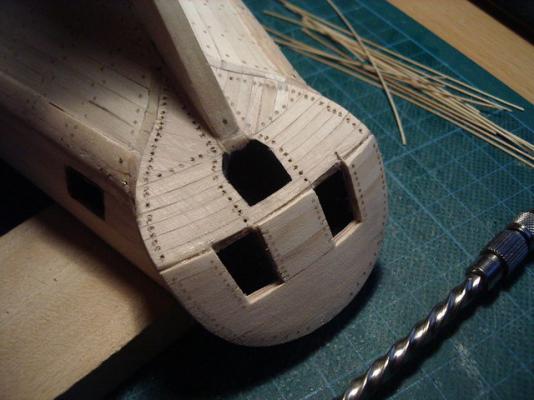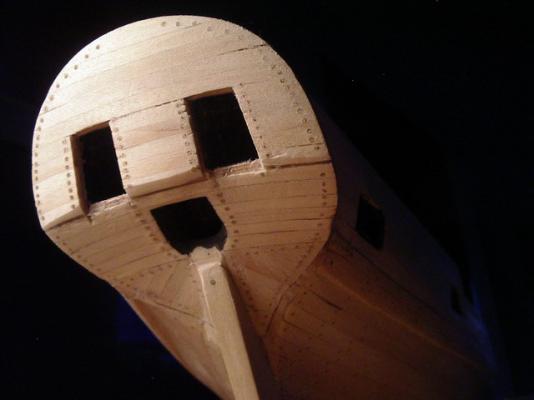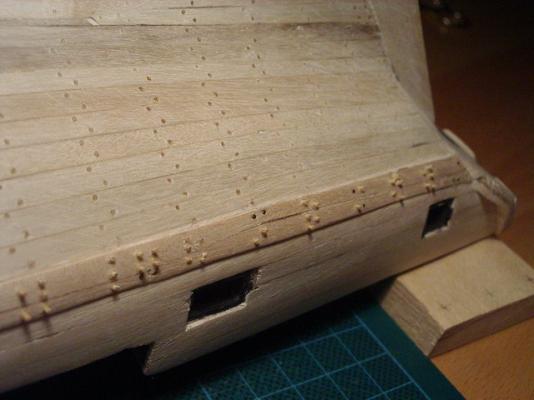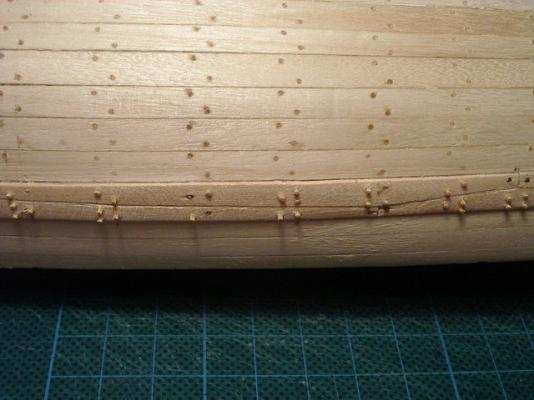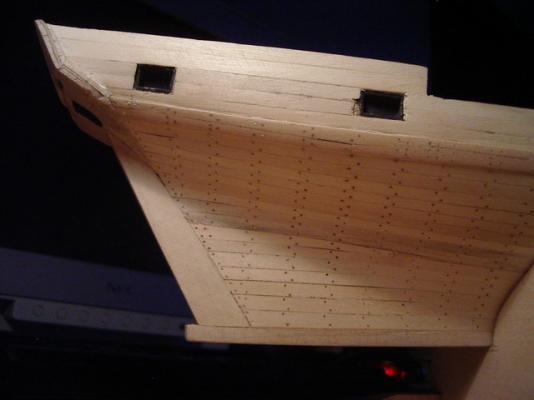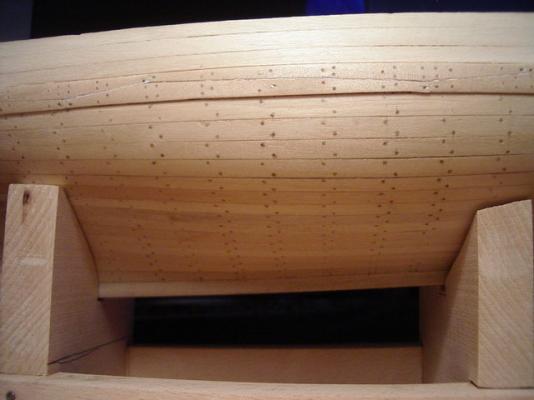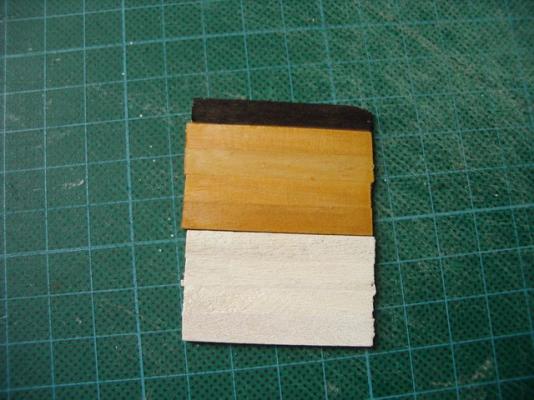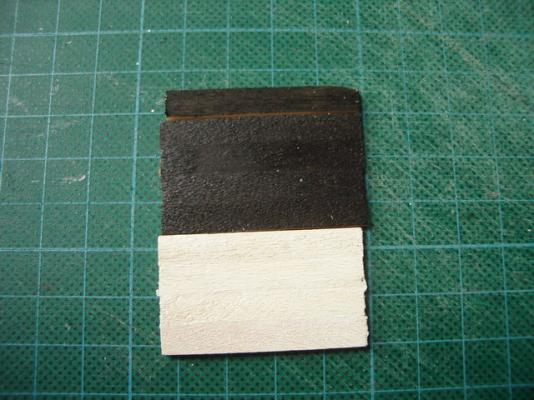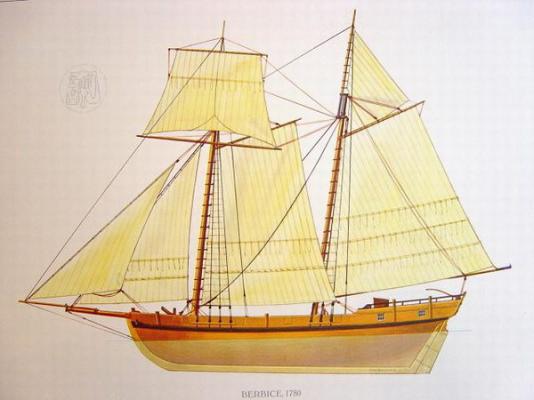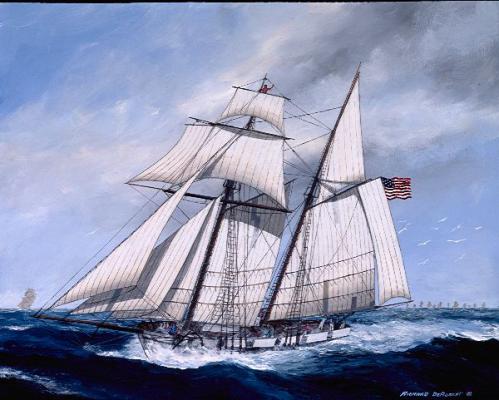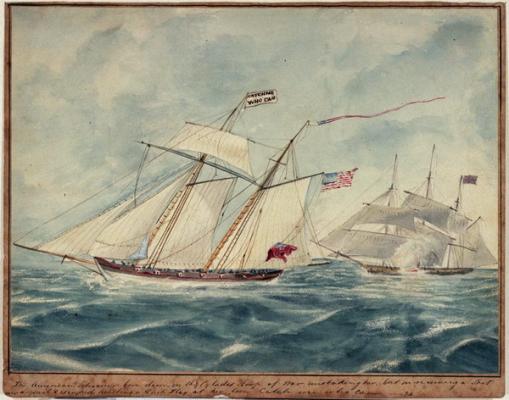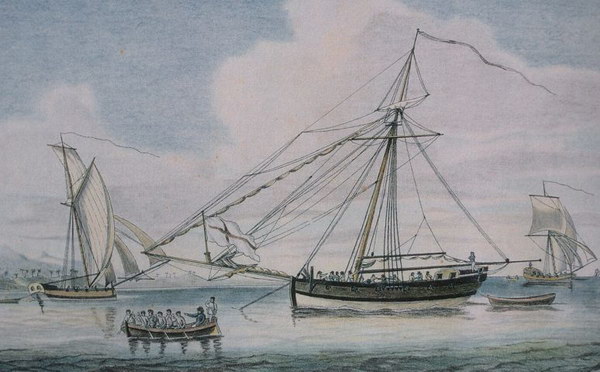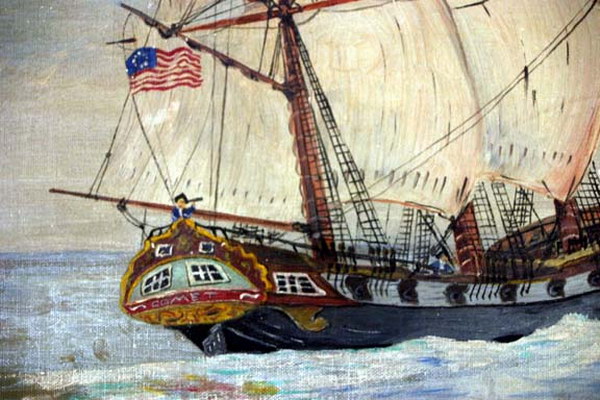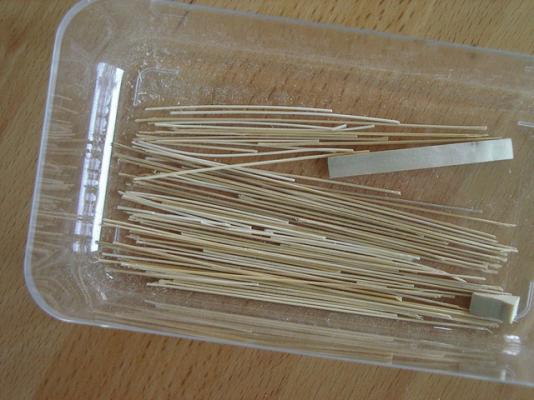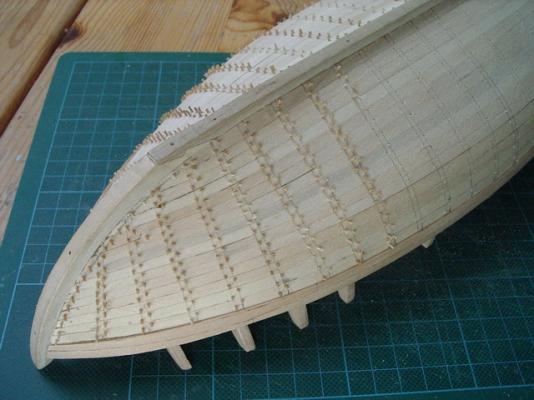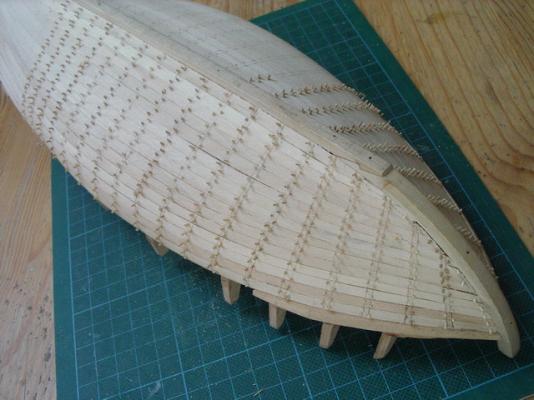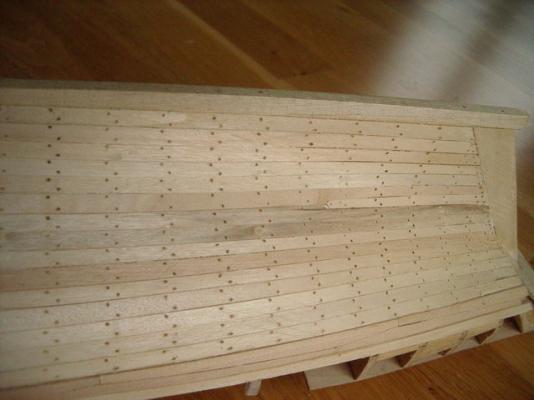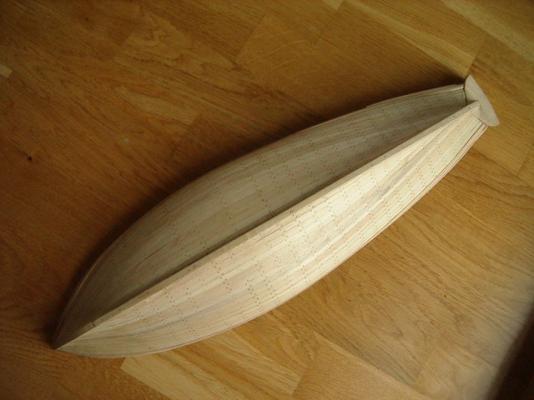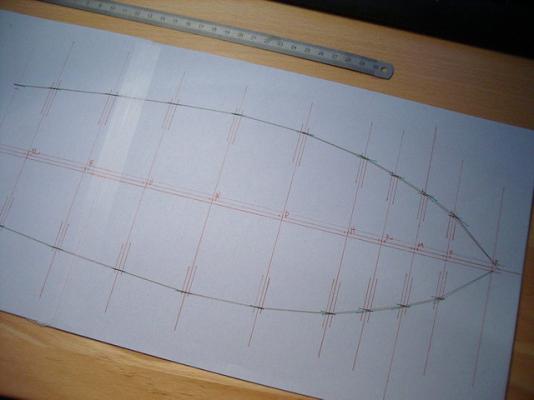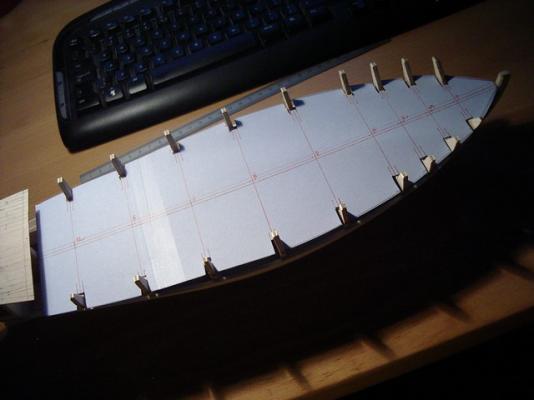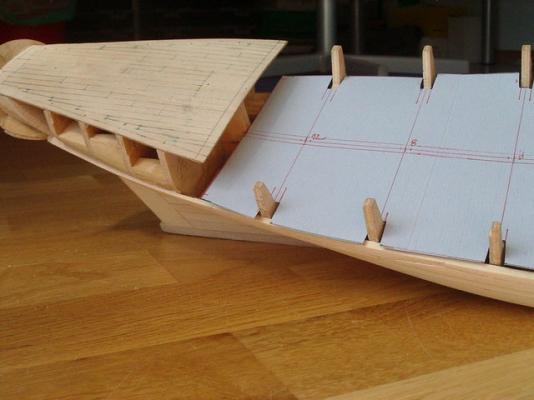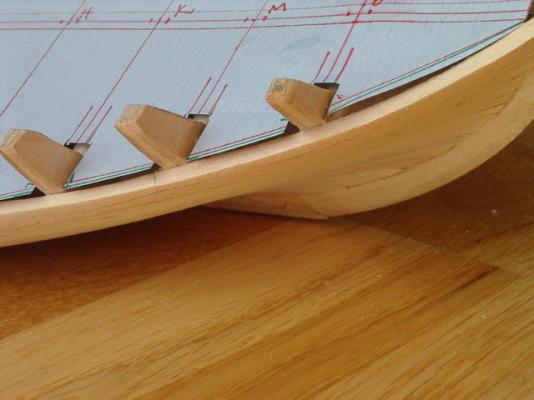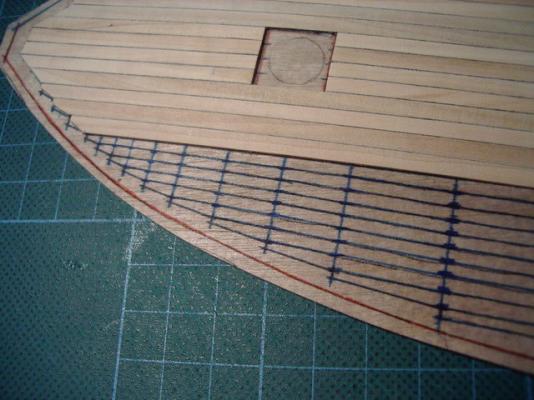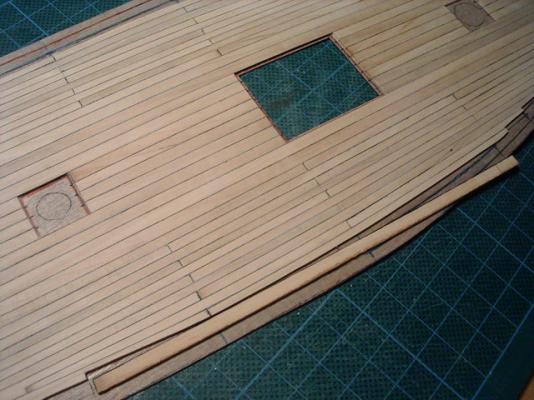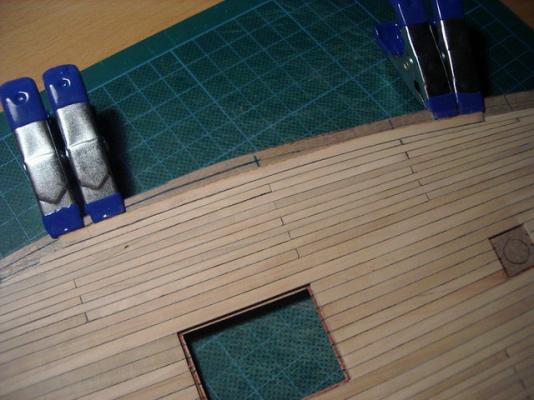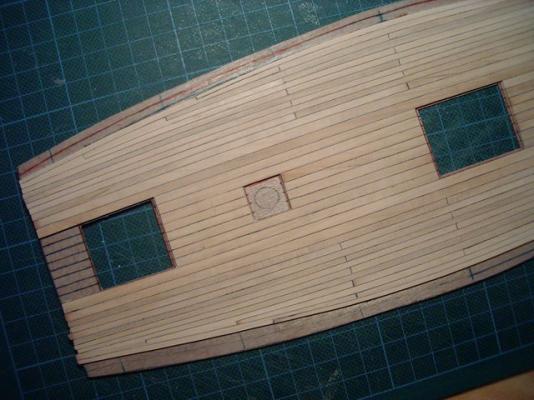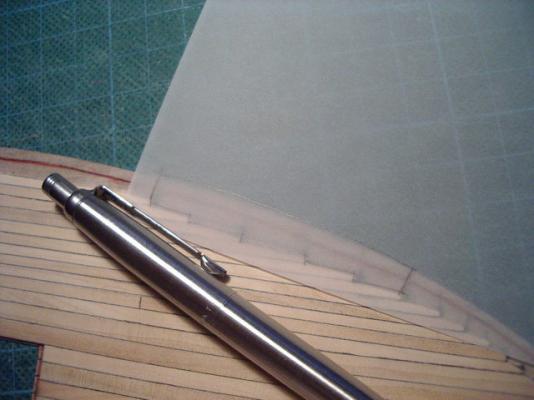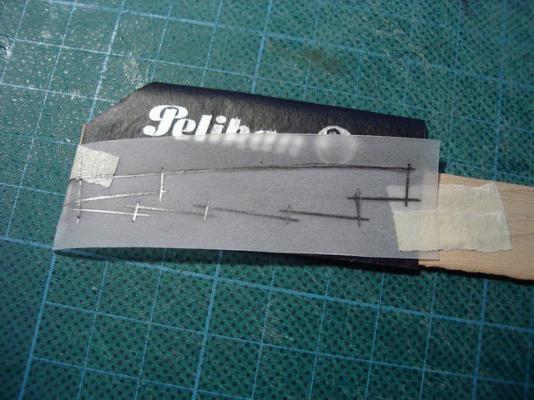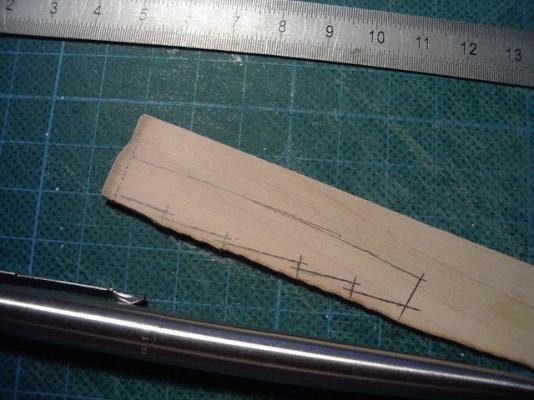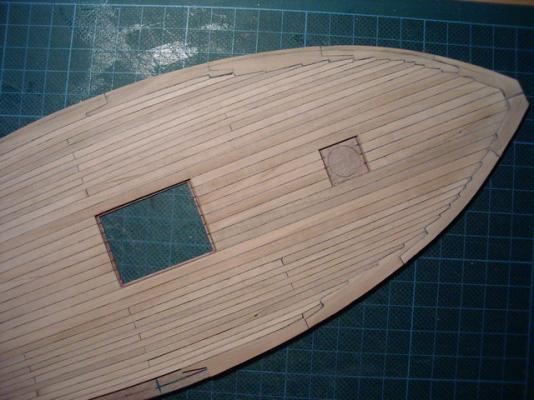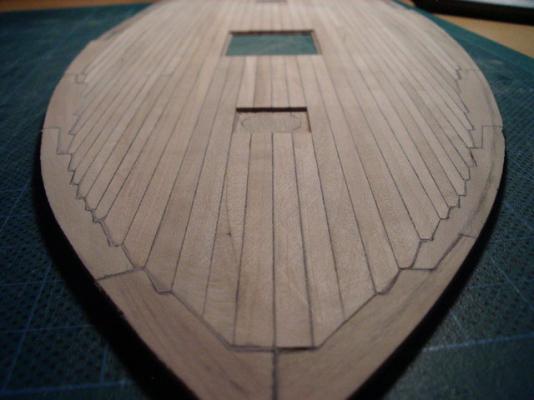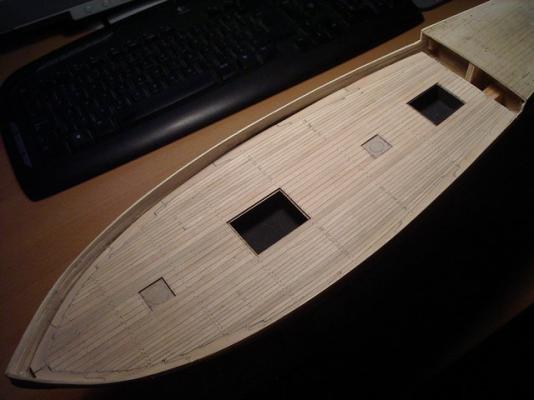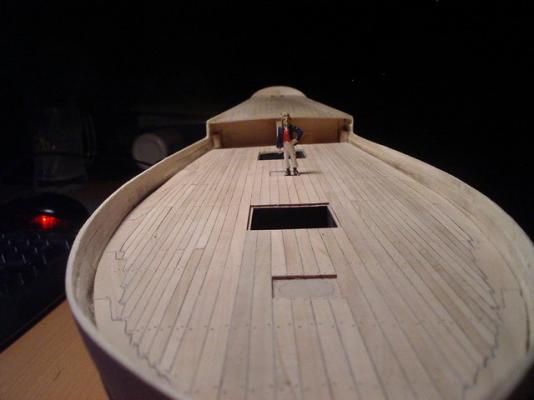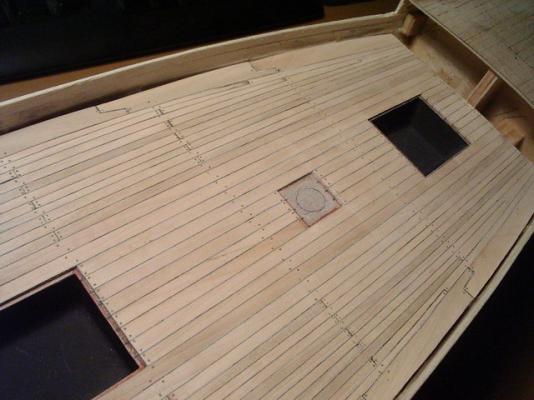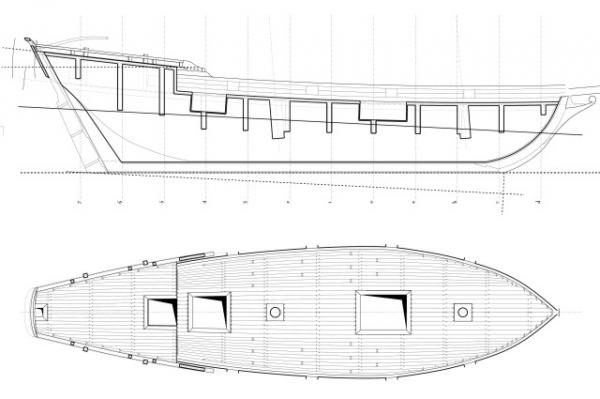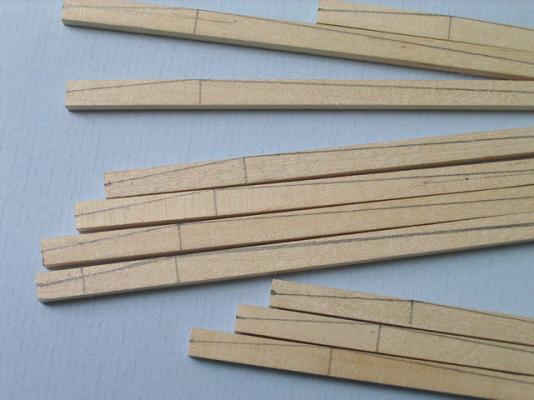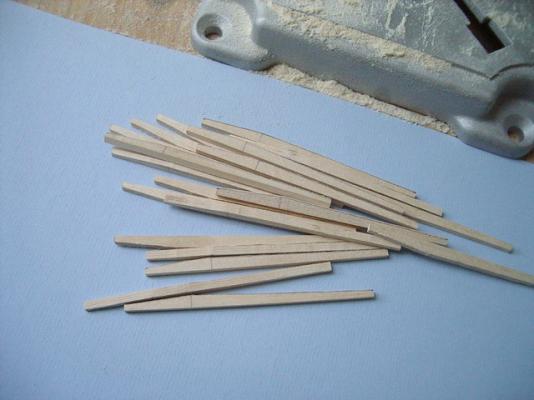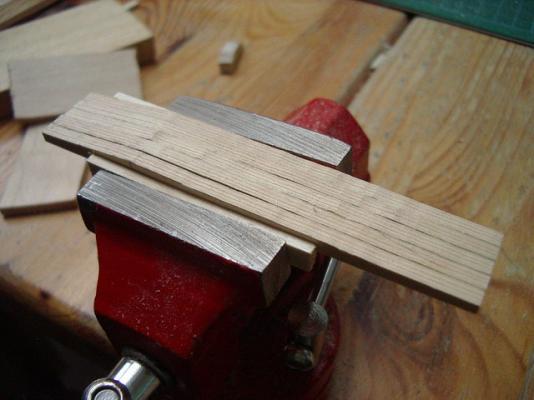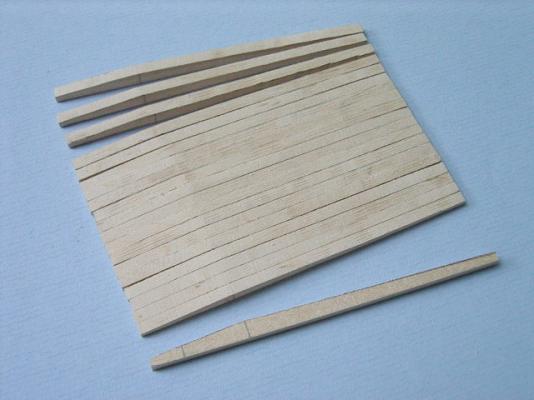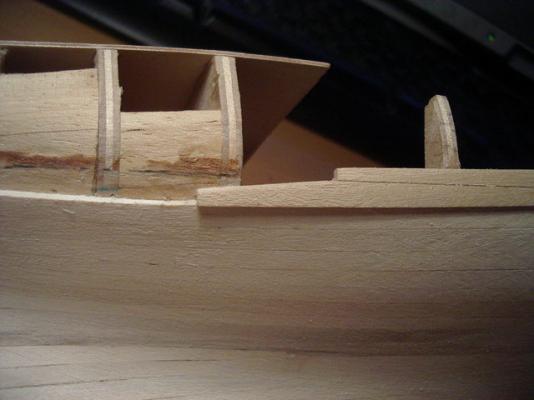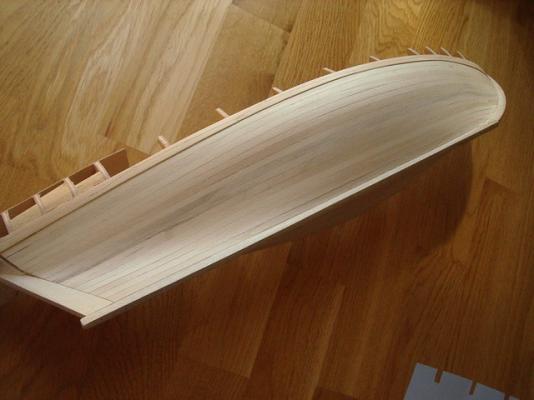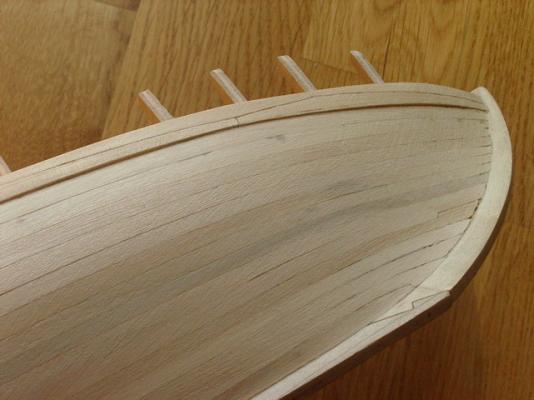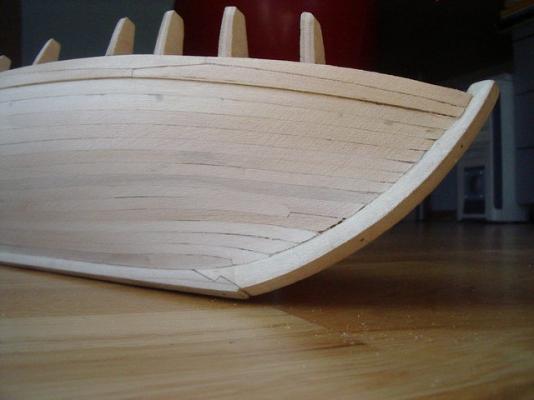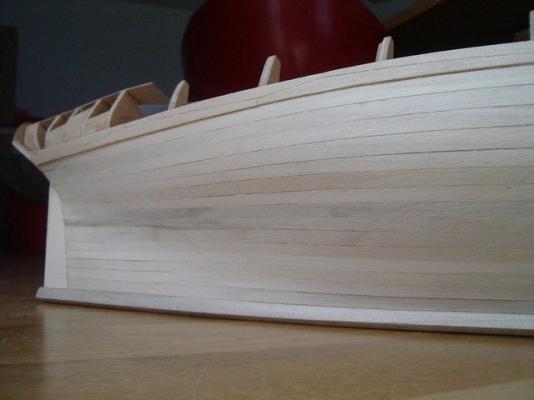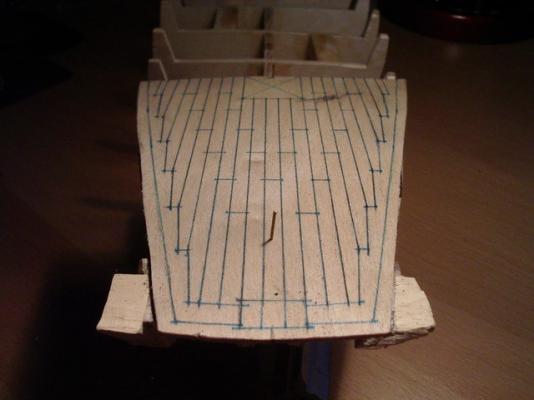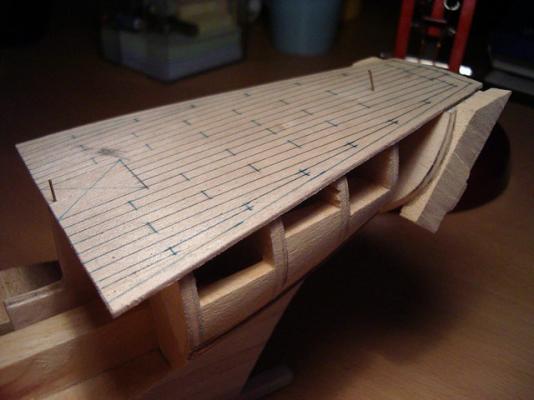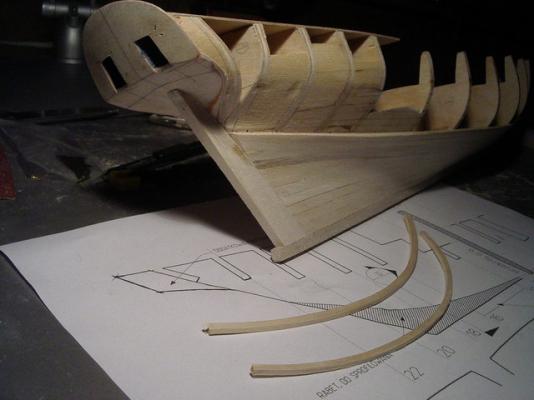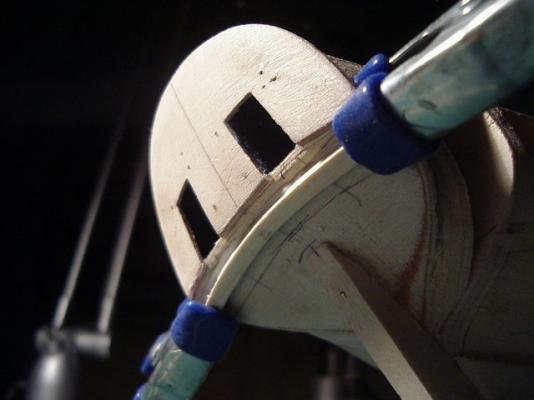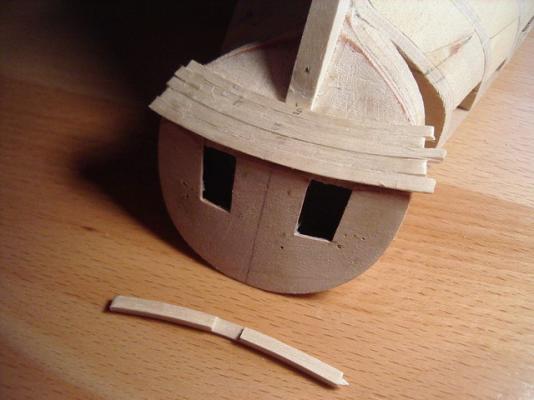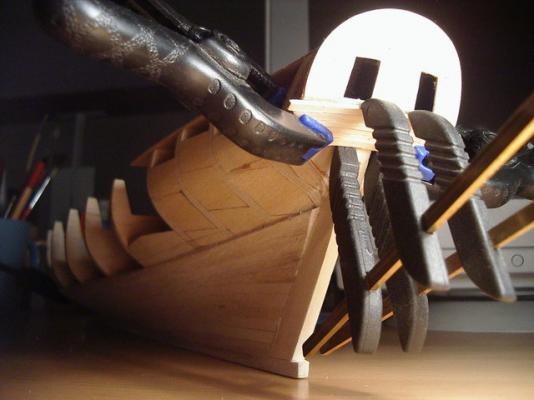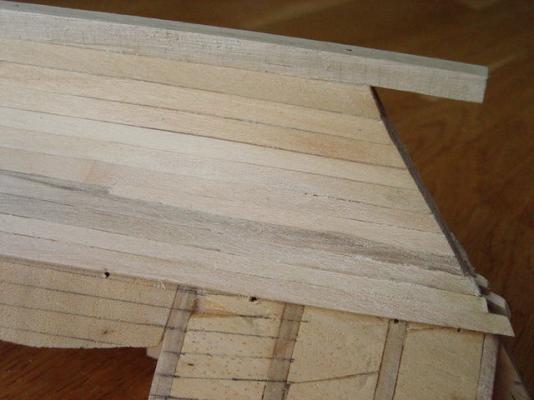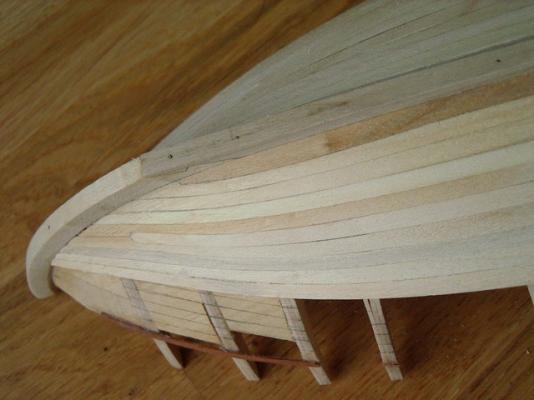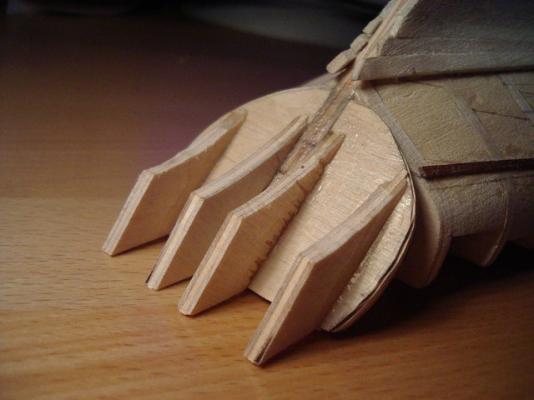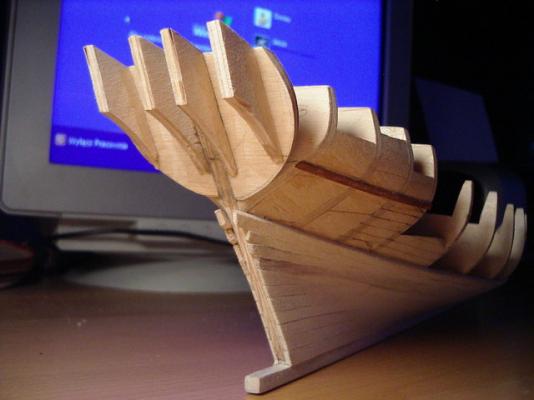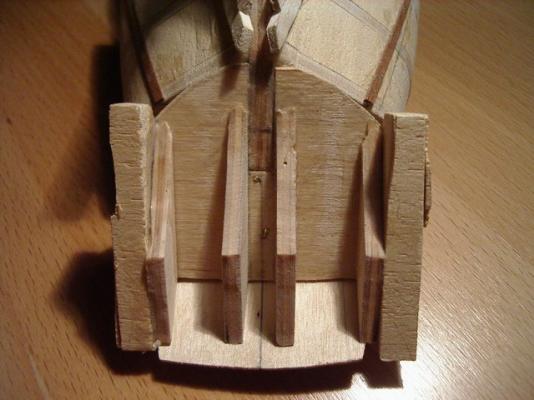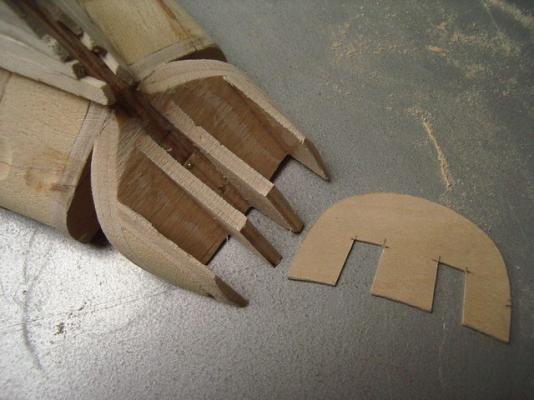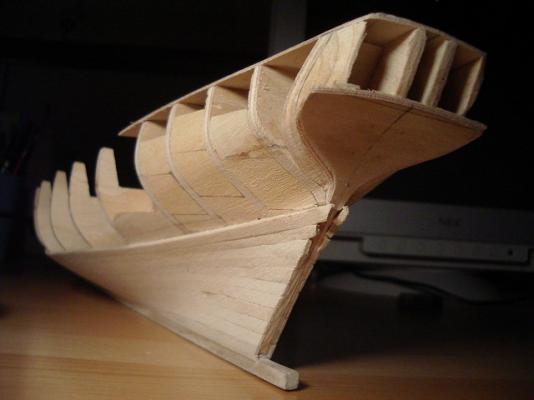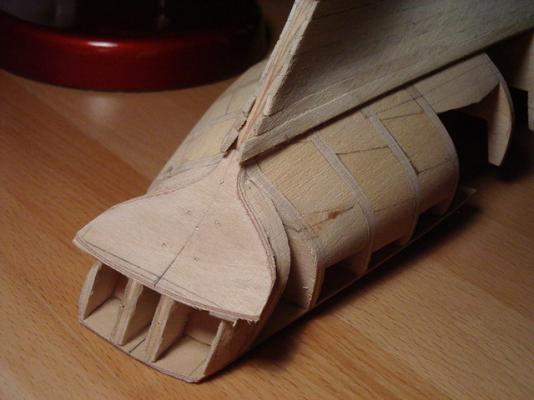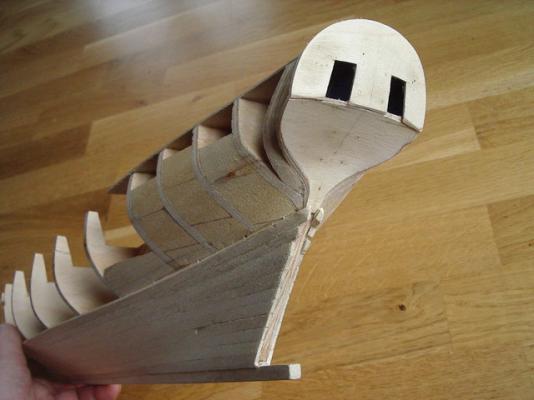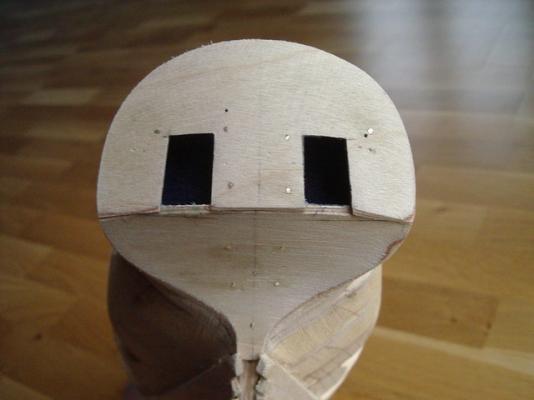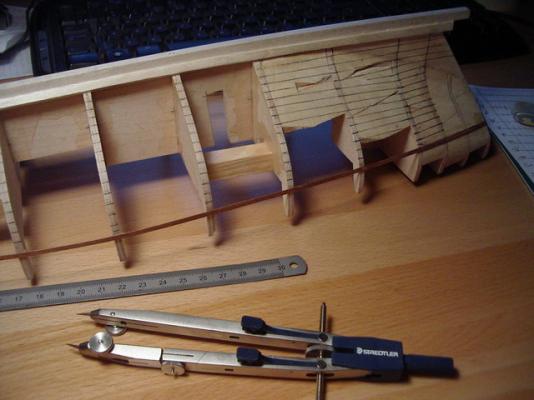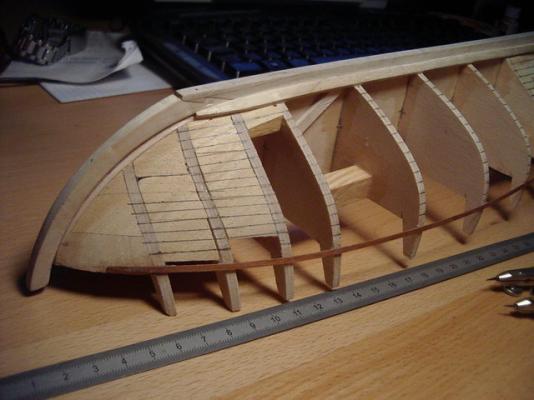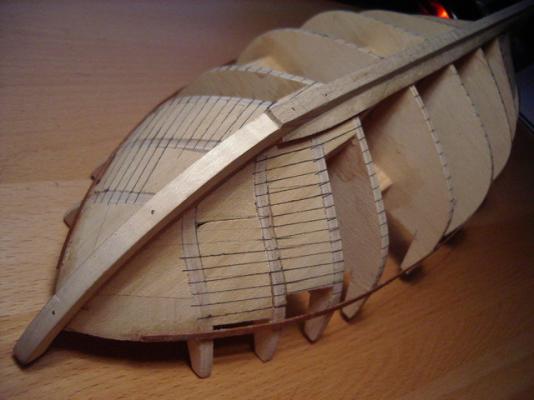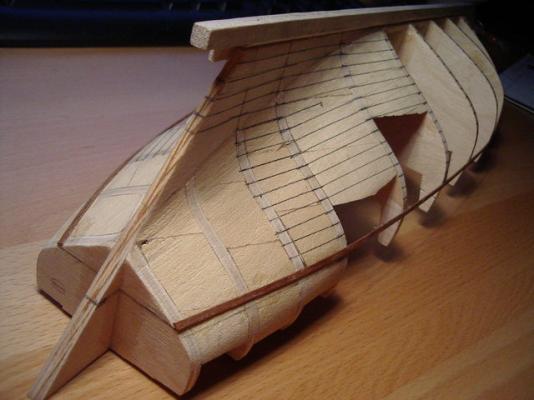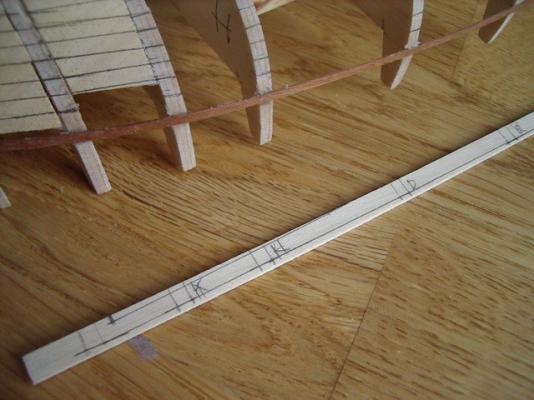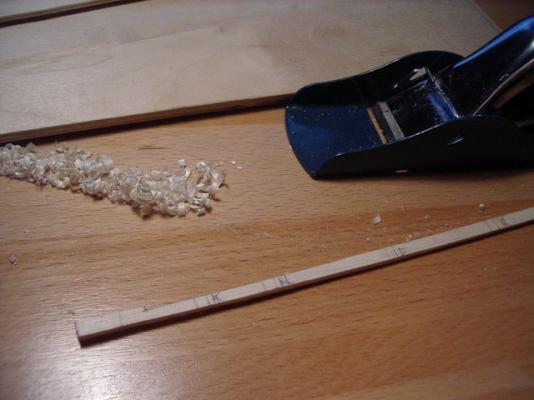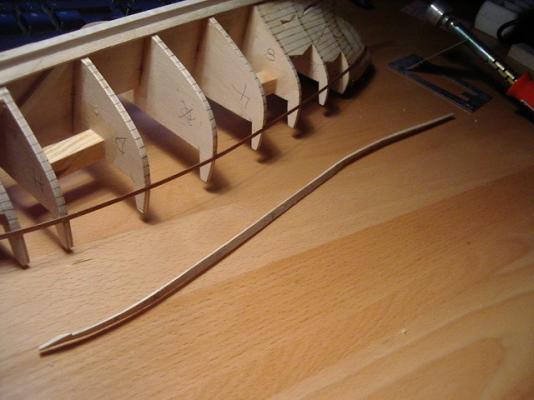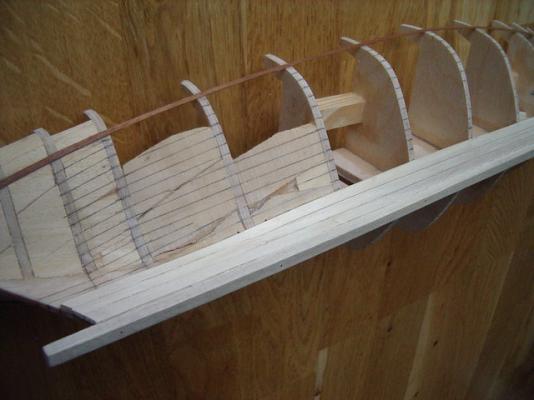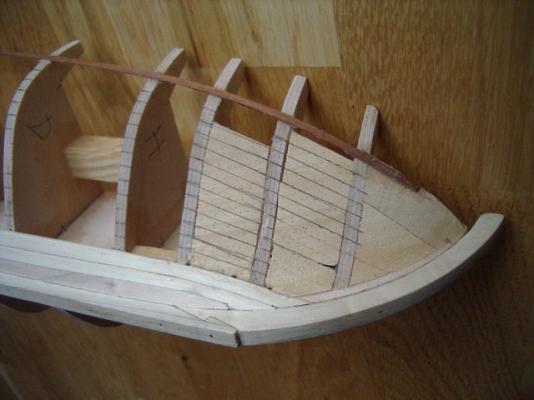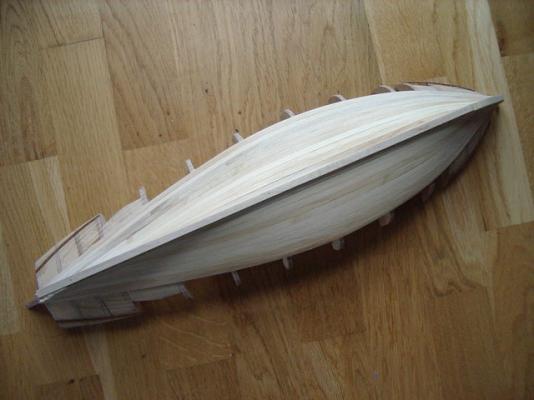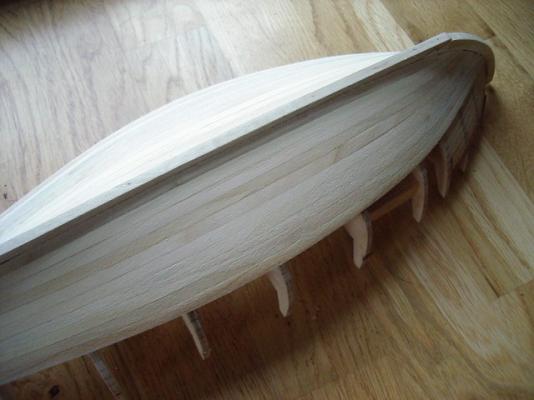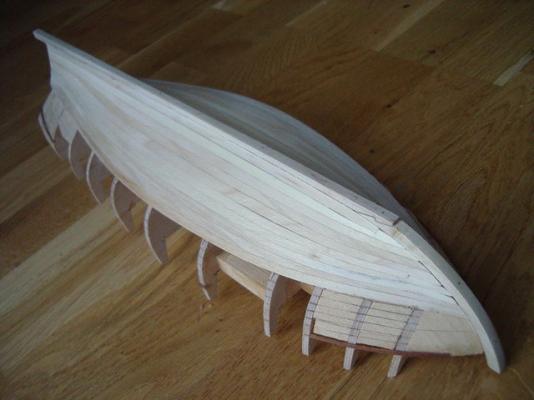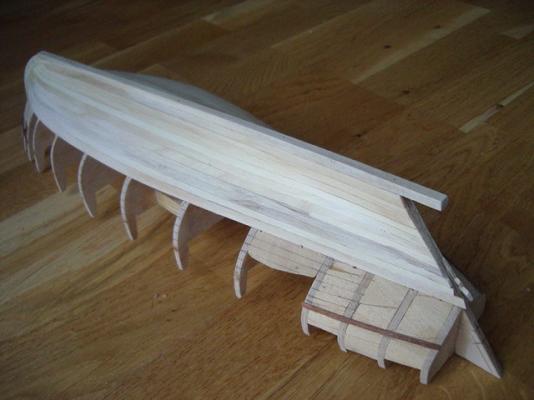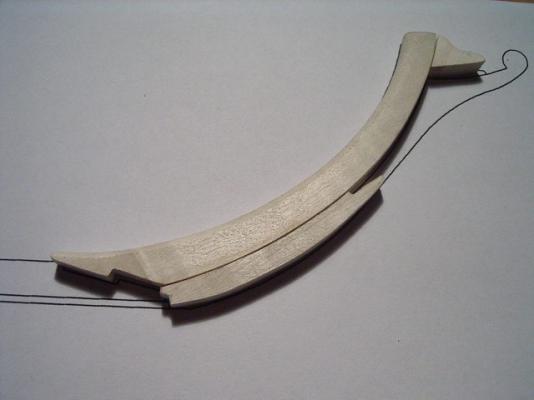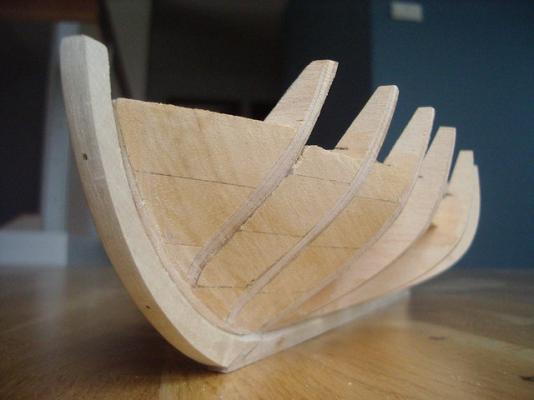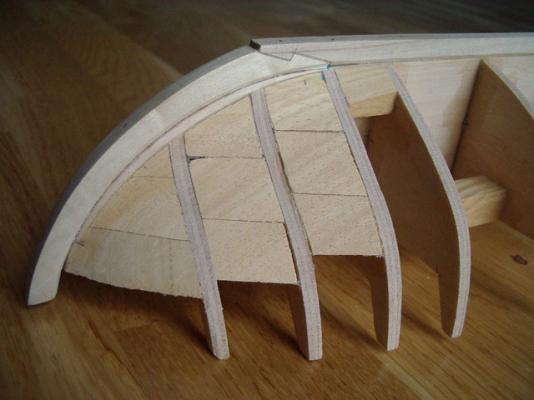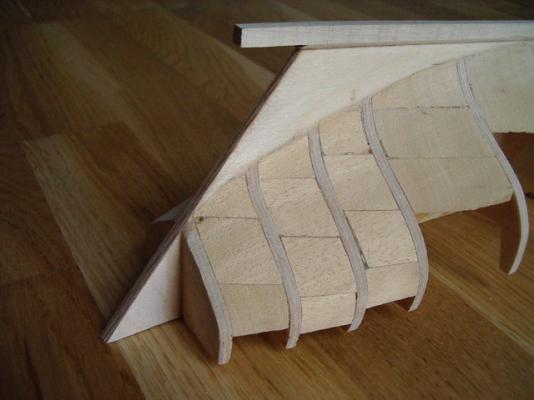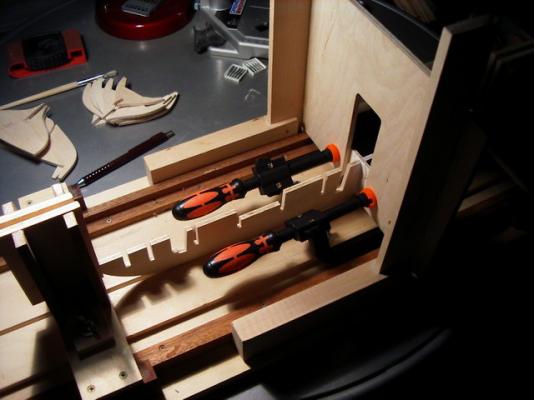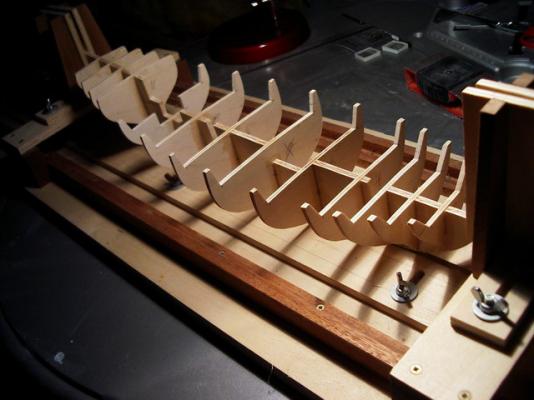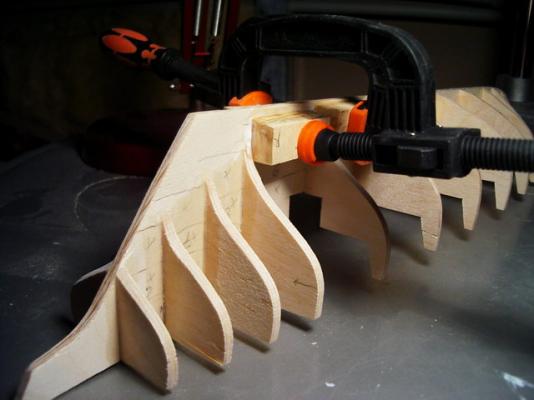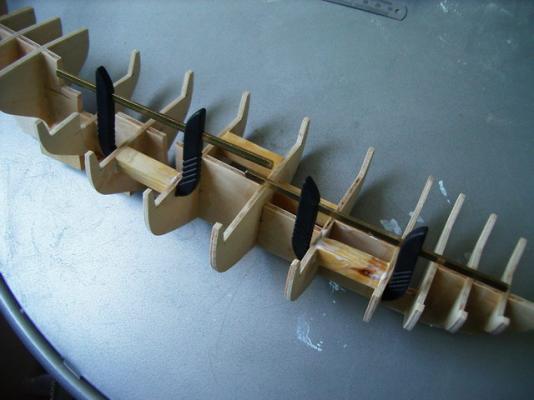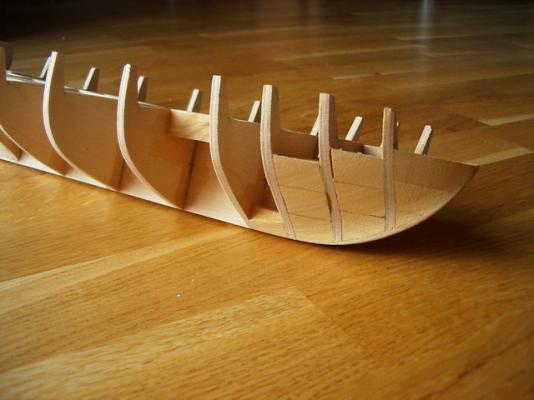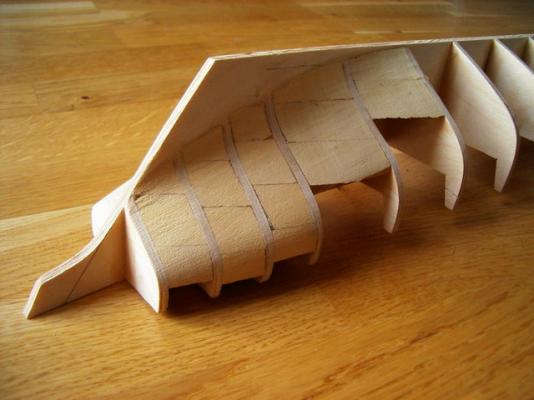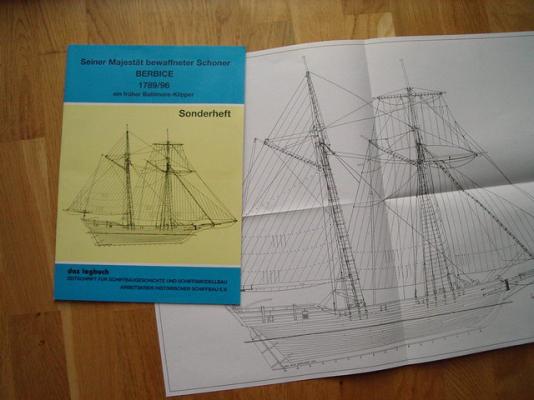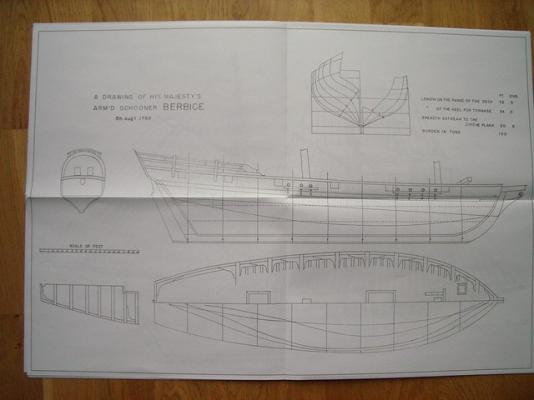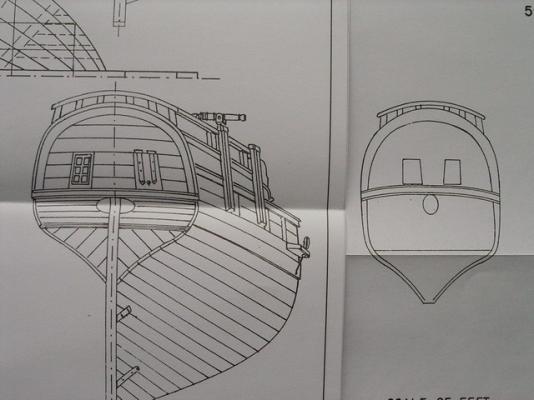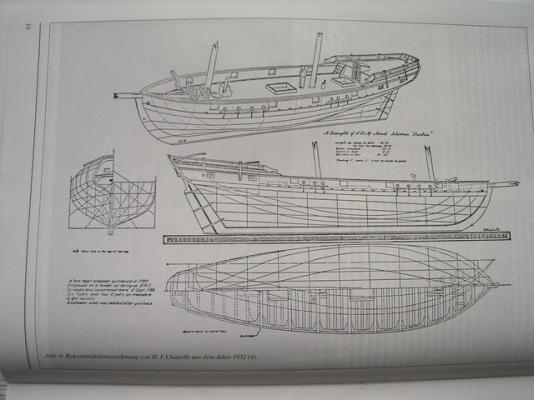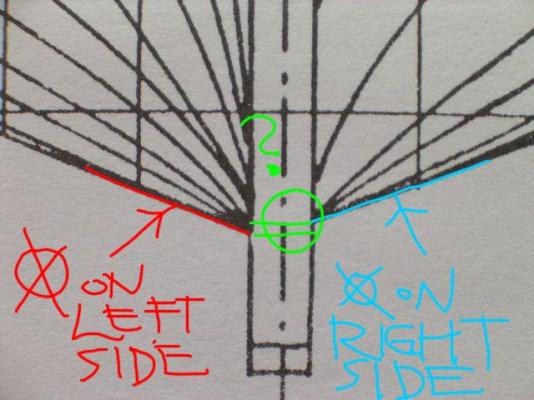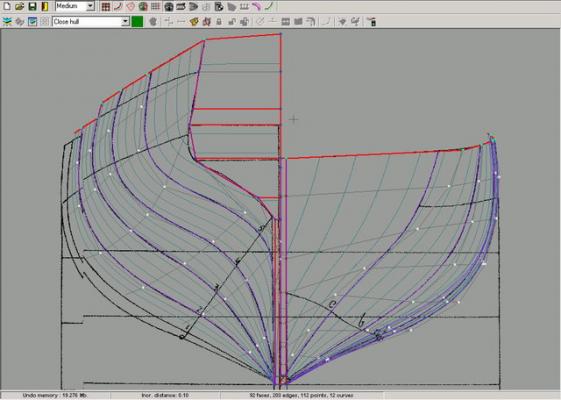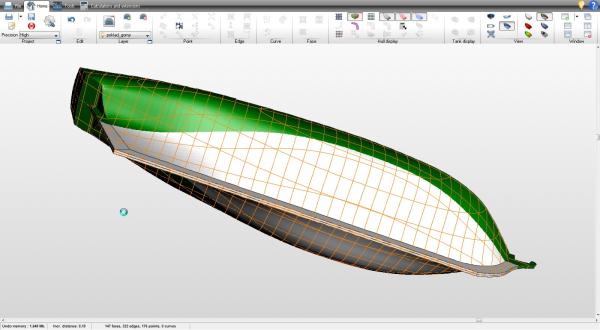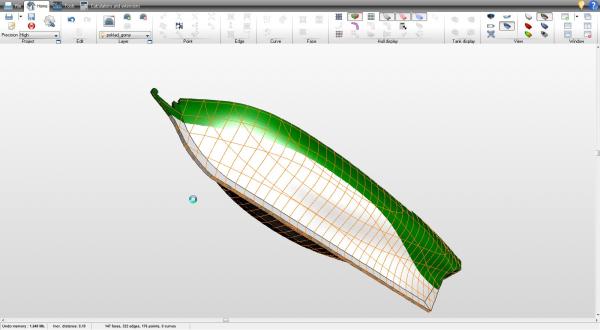-
Posts
47 -
Joined
-
Last visited
Content Type
Profiles
Forums
Gallery
Events
Everything posted by jerry_bee
-
As the Marquardt's plans for "Berbice" were a bit controversial, the rest of his "Global Schooner" book seems to be perfect. The second part of the book, with hundreds of drawings, is a real gem. Of course, always there is a problem to choose a proper and right solution...
-
I prepared an Excell sheet for the rigging calculations, based on Biddlecomb's "Art of Rigging". It calculates a schooner rigging's ropes length and diameter, number (and quantity) of blocks, etc. The input data is the tonnage and the scale of a model. As for now, for schooners only. It was downloadable at old MSW.
-
At this point I stopped a little, as there was a problem with the colour scheme. I prepared two patterns, and asked you for the advice. As I supposed, there was no unanimity about this . I passed the problem to my Family and my Wife voted for the first option. To make my life comfortable, I agreed. I found several contemporary pictures of similar ships, but it didn't help. So I decided on my own. The first picture is said to be "Berbice", but it was painted some 40 or 50 years later (and in Australia, apparently), so I don't think it is absolutely reliable. But I may be wrong.
-
Preparing a template for the main deck: The template was scanned and I prepared the drawing for the decks: And the deck itself: I used some apple-tree wood for the deck, and this was an excellent choice: a dense grain and structure, beautiful colour, maybe brittle a bit but I think it is a great wood for ship-biulding (as well as other fruit trees: plum, pear or cherry wood).
-
Then I started to plank the hull. I used aspen wood for planking, and this was a bad decision. The wood is quite soft and elastic (the pros, as the preparing and bending planks is very easy), but also with some grayish stains and hard to achieve a polished surface (the cons). Its softness could also make mad, as you should be very careful - every touch with something hard leaves nasty marks. Now, I know I will never use it again. To mark the plank position I used strips of paper and divided them, with a method formerly known as the Thales theorem . Then, I glued a strip of wood (a batten) and started planking going upwards, from the keel to bulwarks. p.s. I like the option of unlimited number of pictures, Chuck. I have some 400 or more pics and I must frankly admit, I was considering to upload them into a single post
-
The next step. The plywood got twisted a bit, I had to straighten the hull - thus the unregular filler blocks. Then, regular fillers for bow and stern, and sanding. Lots of sanding.
-
I would like to reconstruct my little contribution to the MSW. so, here we go again: Some time ago (now over 6 years...) I started building a American War of Independence schooner, "Berbice". there is nothing much to say about her. the only contribution to the naval history is the drafts are the oldest preserved plans of the American schooner (as they say). the ship was captured by Englishmen and the plans were prepared for the Admiralty about 1789. a few years later she sank in Bermuda. "Berbice" was easily distinguished from other schooners, because she had a more elevated aft deck, a feature that could prove she was a work of Scandinavian shipbuilders. I have been building the model basing on drawings from the Karl Marquardt's book "The Global Schooner". Unfortunately, I have quite mixed feelings about the quality of these drawings. There are a few drafting inaccuracies, unfortunately appearing when the building was already in progress. I decided to go through with the build. The "Berbice" plans were also published in no. 101 (or 100, I am not sure) of "Model Shipwright" magazine, also by Marquardt. I do not know if it's the same drawings. I have also bought 'a sonderheft' published by the German Society of Shipmodellers. It was written by Marquardt, with the same drawings (and errors...). Also, you can see the differences between Marquardt's and Chapman's version of the ship, even the stern is a bit different. The good point is there is also an original Admiralty draft, for the convenience. I have decided to build a virtual model to fix these problems, but it is a material for another story. as a 'side-effect' I have been preparing some modeller's draft. I have no idea if I ever manage to finish it.
About us
Modelshipworld - Advancing Ship Modeling through Research
SSL Secured
Your security is important for us so this Website is SSL-Secured
NRG Mailing Address
Nautical Research Guild
237 South Lincoln Street
Westmont IL, 60559-1917
Model Ship World ® and the MSW logo are Registered Trademarks, and belong to the Nautical Research Guild (United States Patent and Trademark Office: No. 6,929,264 & No. 6,929,274, registered Dec. 20, 2022)
Helpful Links
About the NRG
If you enjoy building ship models that are historically accurate as well as beautiful, then The Nautical Research Guild (NRG) is just right for you.
The Guild is a non-profit educational organization whose mission is to “Advance Ship Modeling Through Research”. We provide support to our members in their efforts to raise the quality of their model ships.
The Nautical Research Guild has published our world-renowned quarterly magazine, The Nautical Research Journal, since 1955. The pages of the Journal are full of articles by accomplished ship modelers who show you how they create those exquisite details on their models, and by maritime historians who show you the correct details to build. The Journal is available in both print and digital editions. Go to the NRG web site (www.thenrg.org) to download a complimentary digital copy of the Journal. The NRG also publishes plan sets, books and compilations of back issues of the Journal and the former Ships in Scale and Model Ship Builder magazines.



